This post contains affiliate links.
Basic Info
The Canon EOS RP is a Full Frame mirrorless camera introduced by Canon on March 14, 2019. It has a 26.2 megapixel Full Frame sensor and initially cost $1299 although that price is generally around $999 or less now. The camera is at the bottom of the current RF Full Frame camera lineup but is a solid performer. It features a maximum of 5 frames per second shooting stills and supports up to 4k 24p video shooting (with caveats, more on that later). It has a good quality viewfinder and the Canon style flip & twist rear LCD screen that has become a standard on many of their cameras. The camera also has the distinction of being one of the smallest, lightest, and cheapest Full Frame cameras available coming in at only 440g for the body only.
Here are the full specs for the Canon EOS RP:
| Camera | Canon EOS RP Mirrorless Camera |
| Sensor Size | Full Frame / 35mm |
| Sensor Type | Dual Pixel |
| Resolution | 26.2 MP |
| Pixel Size | 5.76 microns |
| AF System | Dual Pixel CMOS AF |
| Selectable AF Points | 4,779 |
| AF Working Range | -5 ev f/1.2 @ ISO 100 |
| Face Tracking AF | Yes |
| Max Continuous w/ One-Shot AF | 5.0 fps |
| Max Continuous w/ Servo AF | 4.0 fps |
| Shutter Modes | EFCS, ES |
| Max Shutter Speed | 1/4000th |
| X-sync Maximum | 1/180th |
| HDMI out | Yes |
| Max Video Resolution | 4K (UHD) 3840 x 2160 |
| RAW recording | No (IPB only) |
| Viewfinder Type | OLED color EVF |
| Weight | 1.07 lbs / 485g (with battery) |
| MSRP | $999.99 |
Design & Build Quality
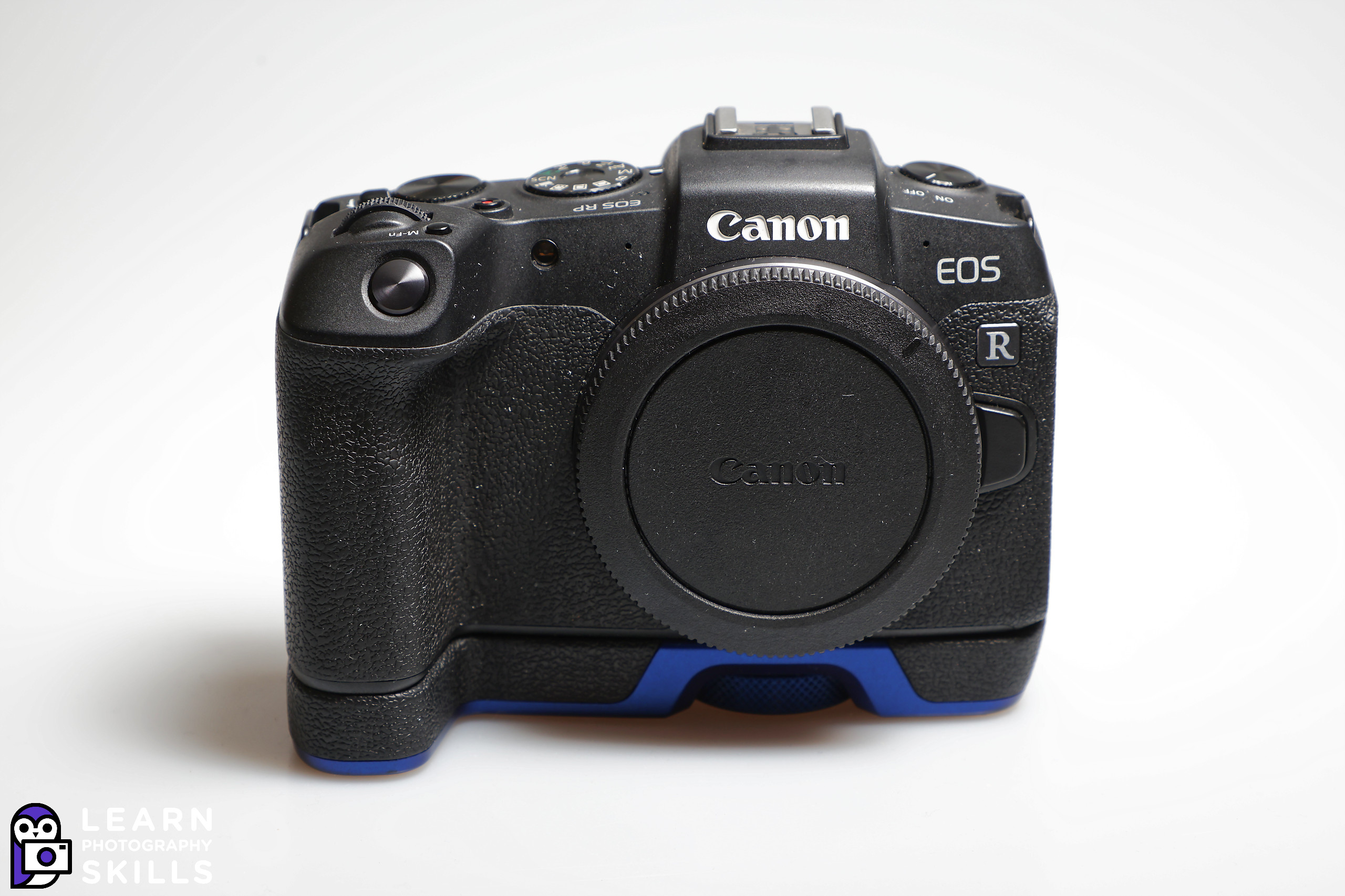
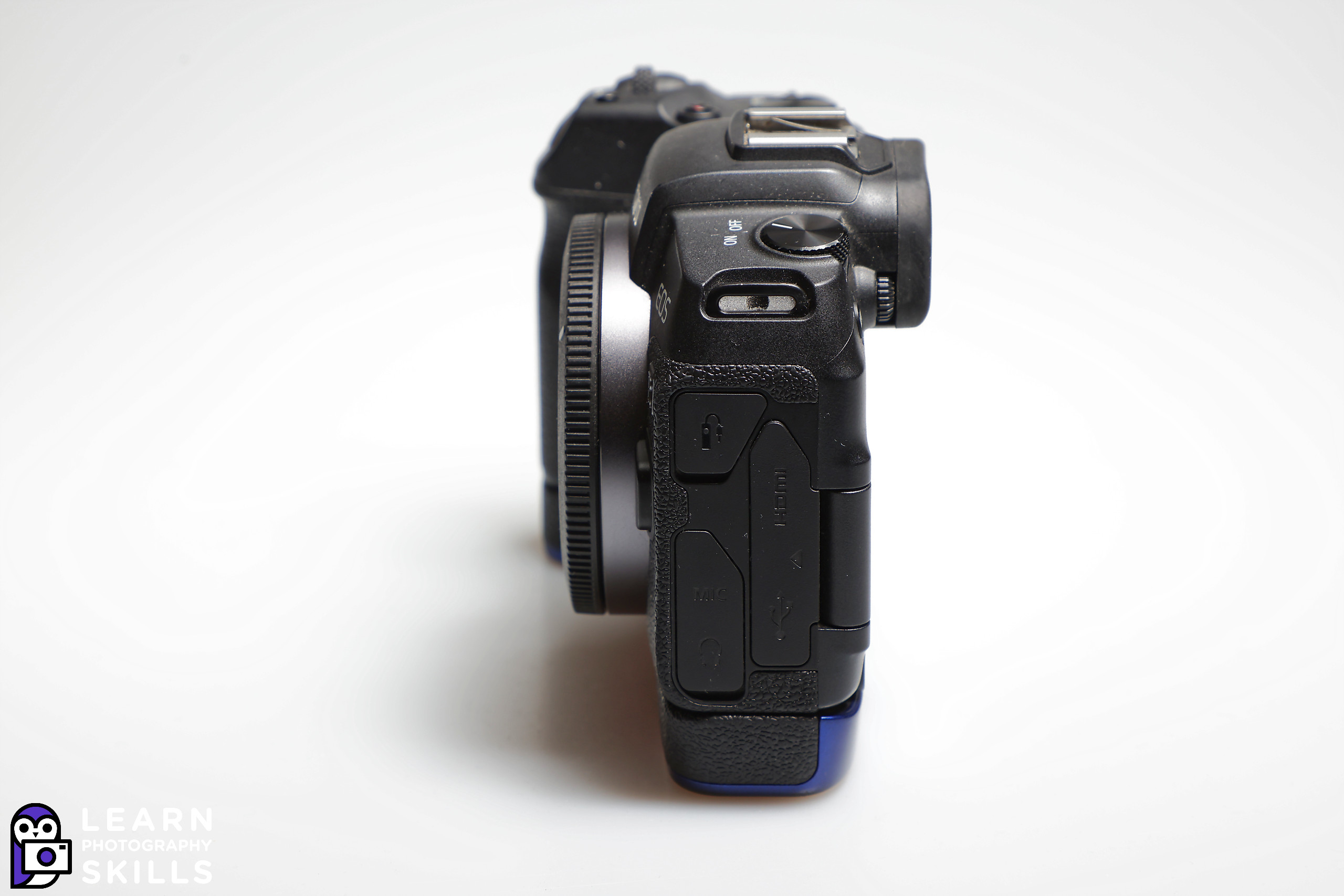
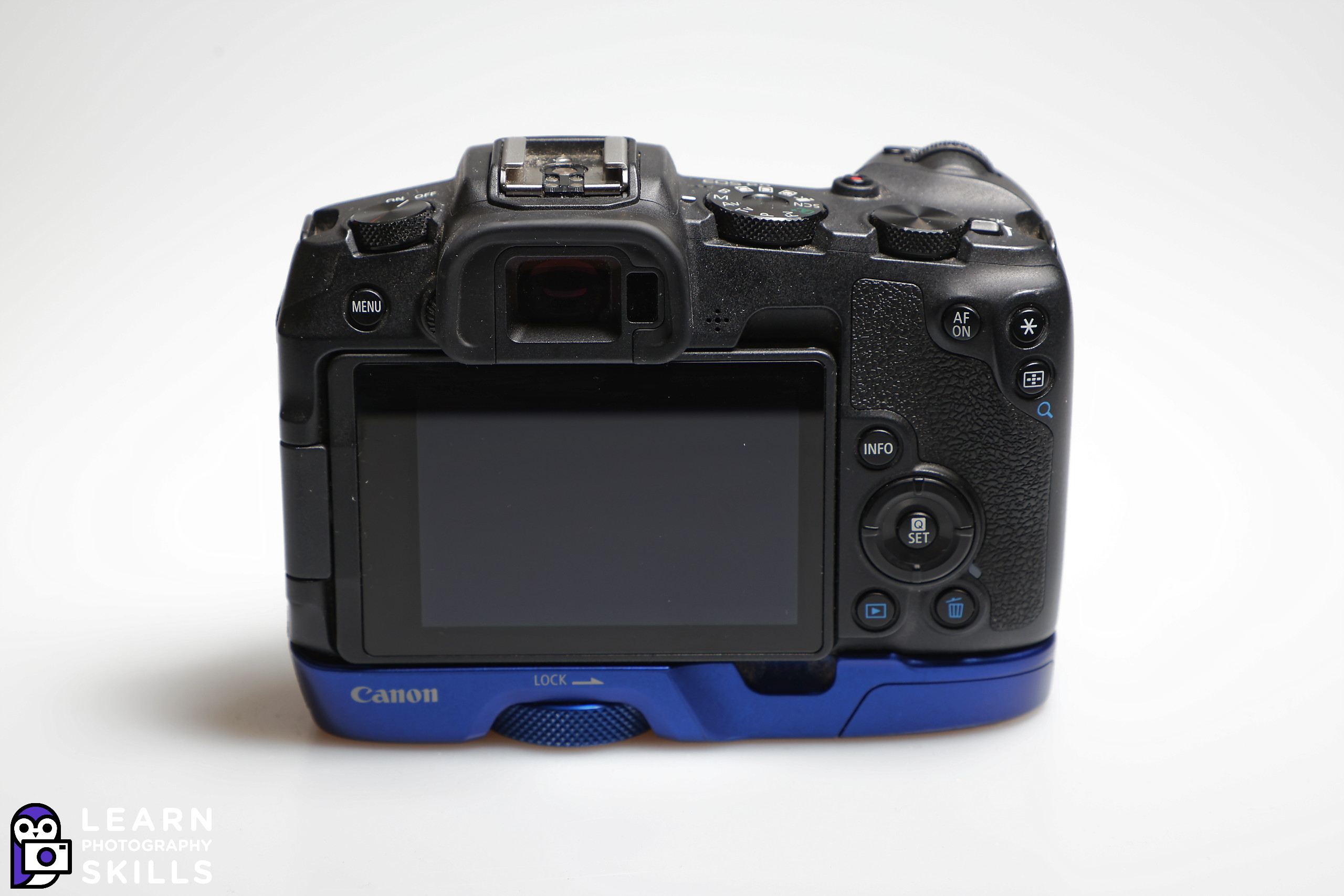
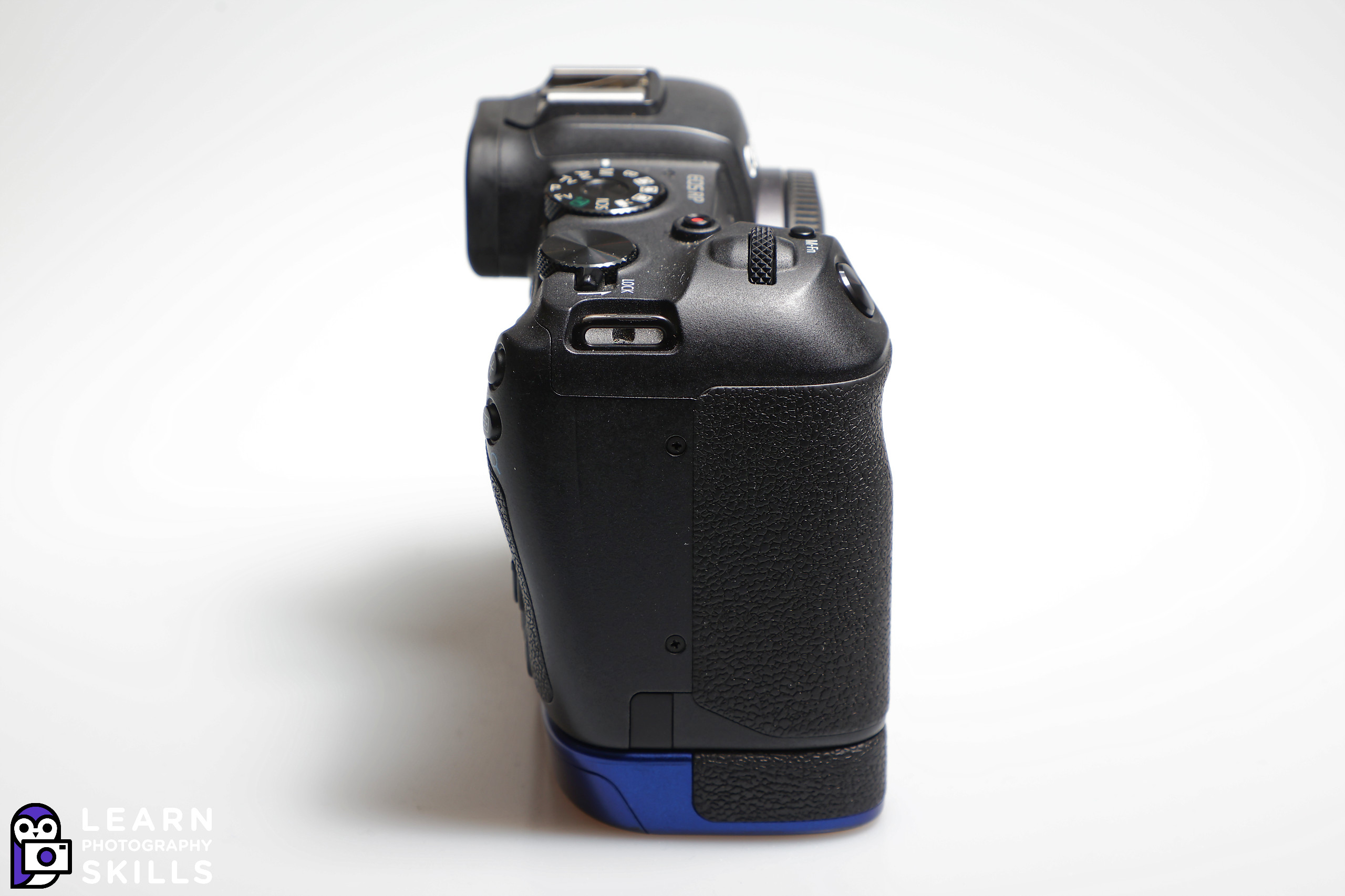
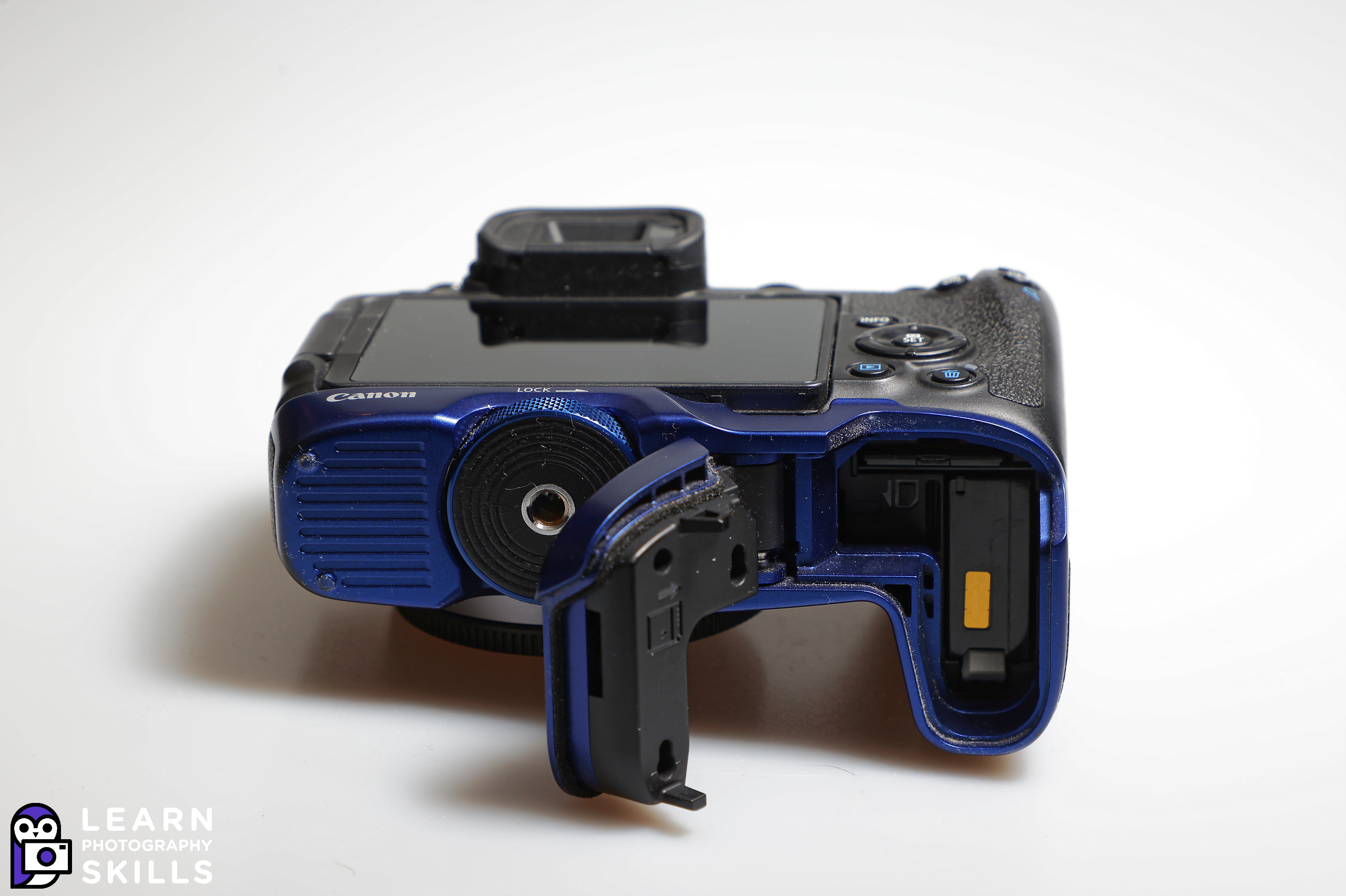
When first handling the Canon EOS RP you might think that it feels excessively plasticky and light. In fact, that is how it feels. After using the the EOS RP for a couple years I’m sure it is a solidly made camera.
Looking closely at it I can see that it has been made to take a little more abuse than some customers might expect given the price point and weight. Unlike the EOS R the EVF eye cup is not removable, but it is also a lot more solid. It looks to me like it won’t be damaged easily as is the case with some other cameras.
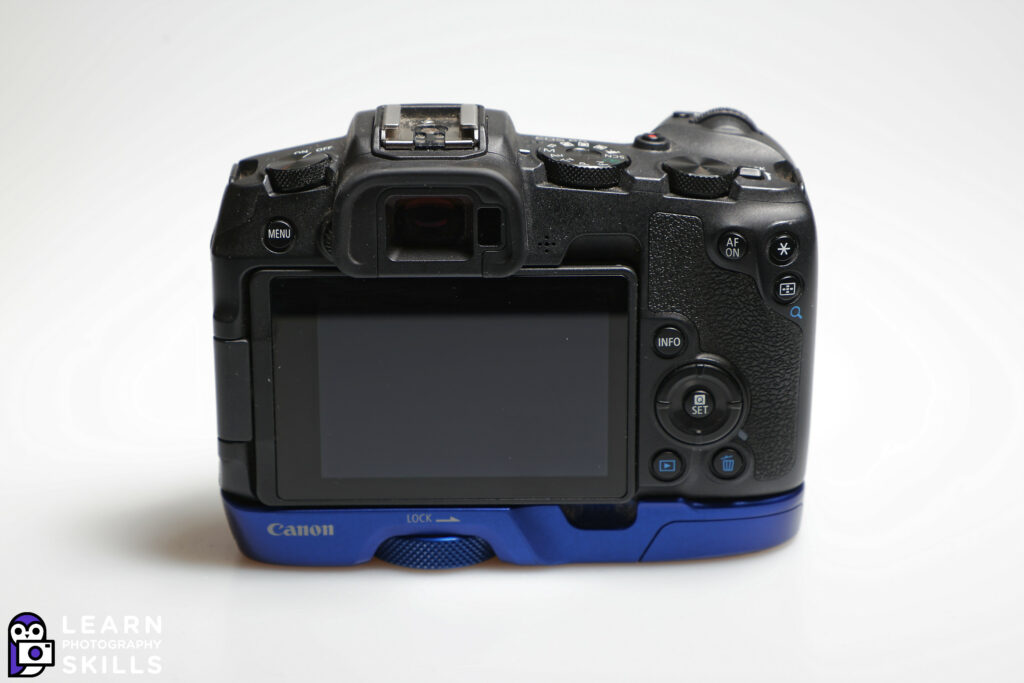
The location of controls are consistent with other Canon cameras but in this case they’ve also been streamlined and recessed into the camera body more than is typical. Every control wheel is accessible but is also well protected from possible damage. I do think Canon expects this camera to receive a lot of abuse and they designed it to survive that abuse.
Check out how the 3 main dials on top for power, camera mode, and settings adjustment are all close to flush with the camera body. There’s almost zero chance of a dial getting caught, or bumped and potentially damaging the camera when you’re out in the field. While you never want to drop sensitive camera gear, I’d put money on the RP surviving a fall of a couple feet without a lens attached.
This makes this camera a great design for photographers who don’t want to carry a whole extra gear bag and camera kit. If you’re hiking you probably have a backpack already with hiking stuff in it and this camera is designed to be carried or stuck in that kind of bag that isn’t 100% all about protecting camera gear.
One thing I love about the Canon style flip screen is that it can be flipped completely around and closed with the more breakable LCD screen facing the camera body. While the flip screen is pretty usable for photography screens still aren’t quite as clear and easy to use as a viewfinder. While I know everyone loves using rear screens these days the best way to see the image is probably always going to be through the viewfinder. I think Canon’s approach to the rear screen is great because it lets photographers who don’t want to worry about the screen flip it around and for all intents and purposes it isn’t there at that point. Of course, this capability just makes the camera that much more suited to being placed in a bag and carried on trips or hikes.
One side benefit here is that if you are using the camera’s EVF, flipping the screen around will keep you from getting finger prints or nose smudges all over the screen.
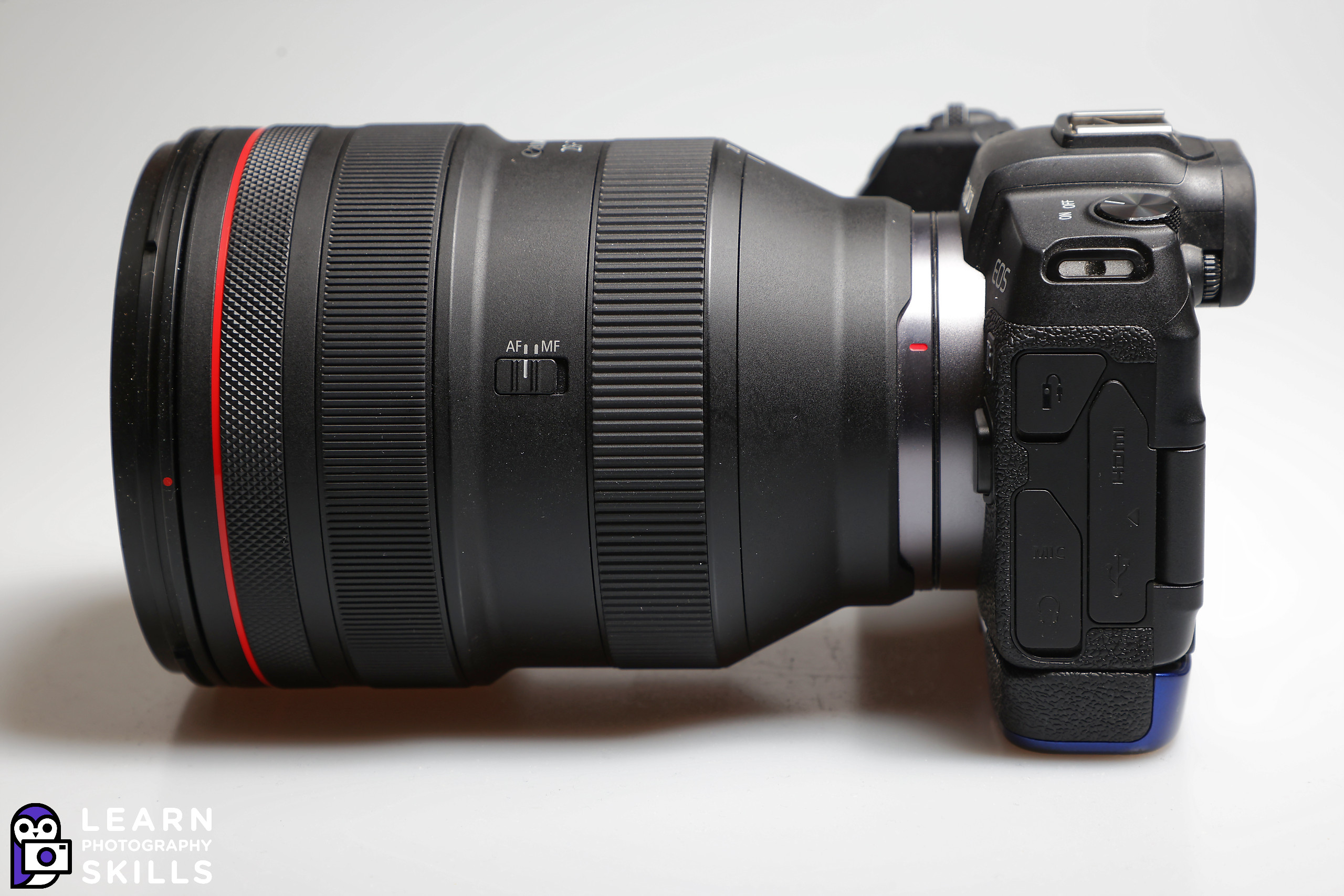
When discussing usability of the camera keep in mind that this camera really is designed to do everything a big brother like the R or R5 does (within reason) while excluding all the fragile bits that might make it less survivable. In other words, it’s meant to work just like those cameras but it does sacrifice a little in terms of full layout on the R5 or even the R.
It should be familiar and easy enough to use for anyone who has used a Canon EOS series camera in the past 15 years or so. The one thing users of Canon’s higher end camera’s may miss is the back control wheel which is available on the R5 and all 5 series and 1 series Canon cameras.
Setting Exposure on the EOS RP: The way I set my RP dials to function is I have my top rear settings dial set for aperture, and my top front settings dial set for shutter speed (as is typical). After that there are 3 immediate possibilities for setting the ISO. First is to press the mFn button by the shutter speed dial. This brings up a menu visible in the EVF and Rear Screen where you can quickly scroll to your desired ISO setting. The second easy way to adjust ISO is to use the rear screen. Simply tap on the ISO indicator on the rear screen and scroll to your desired ISO. Both methods are fast enough but not as fast as having the dedicated scroll wheel. If you just don’t want to do either of those things you can set your ISO to auto ISO. And if you’re concerned about auto ISO setting the ISO too high, you can limit the auto ISO range to whatever you like. Whether it’s 100-400 ISO (a nice safe range for the RP that gives tons of flexibility) or perhaps 100-3200 ISO if you’re working in challenging light.
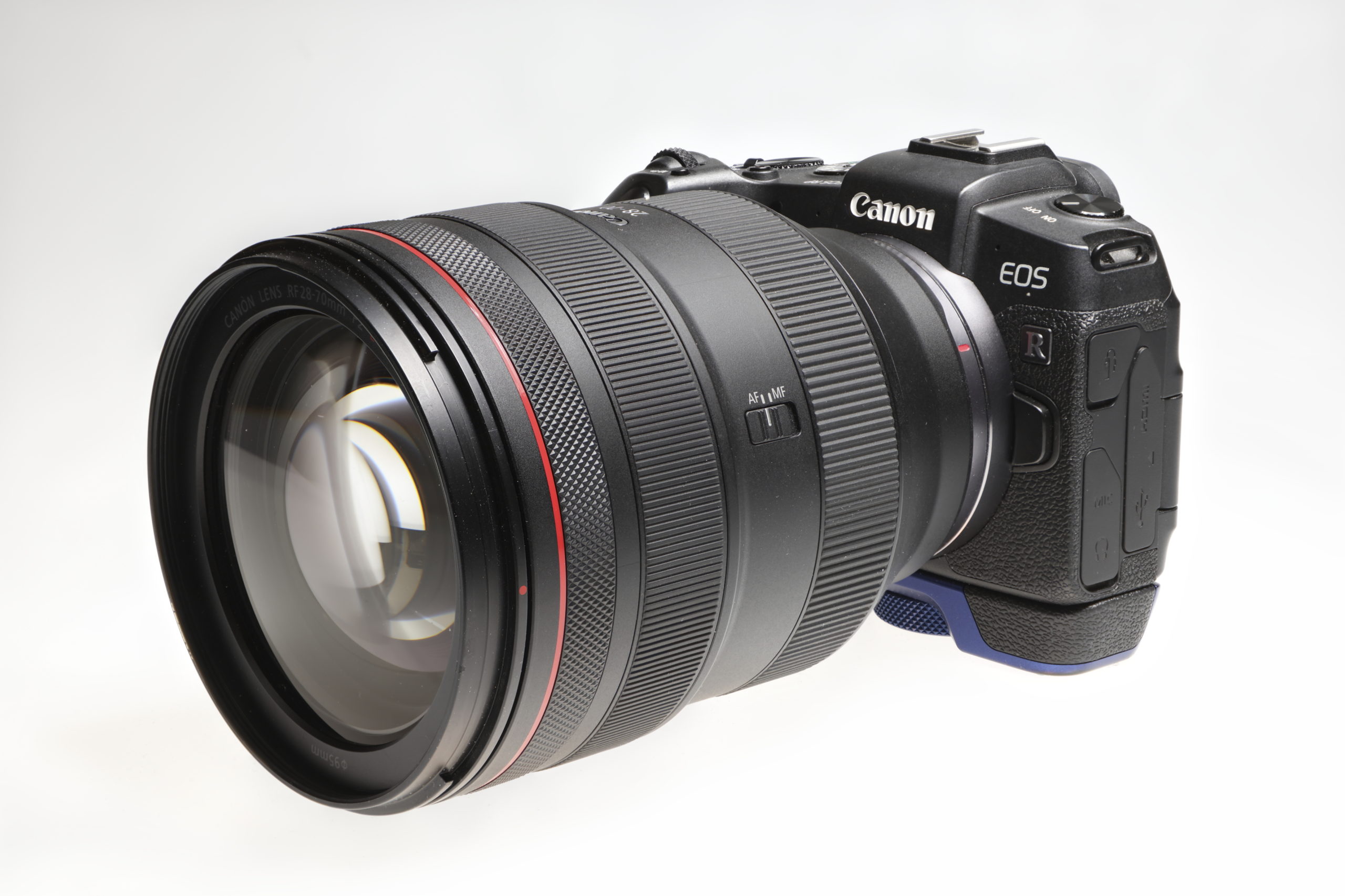
Despite some compromises, the Canon EOS RP retains good usability for photographers who would like to change at least some of their settings. For those who are going to try and get the absolute perfect exposure on every shot, the RP’s controls may present a minor hassle, but it’s still doable at least.
Below is a practical EOS RP setup, lightweight, inexpensive, and capable of taking good quality photos.
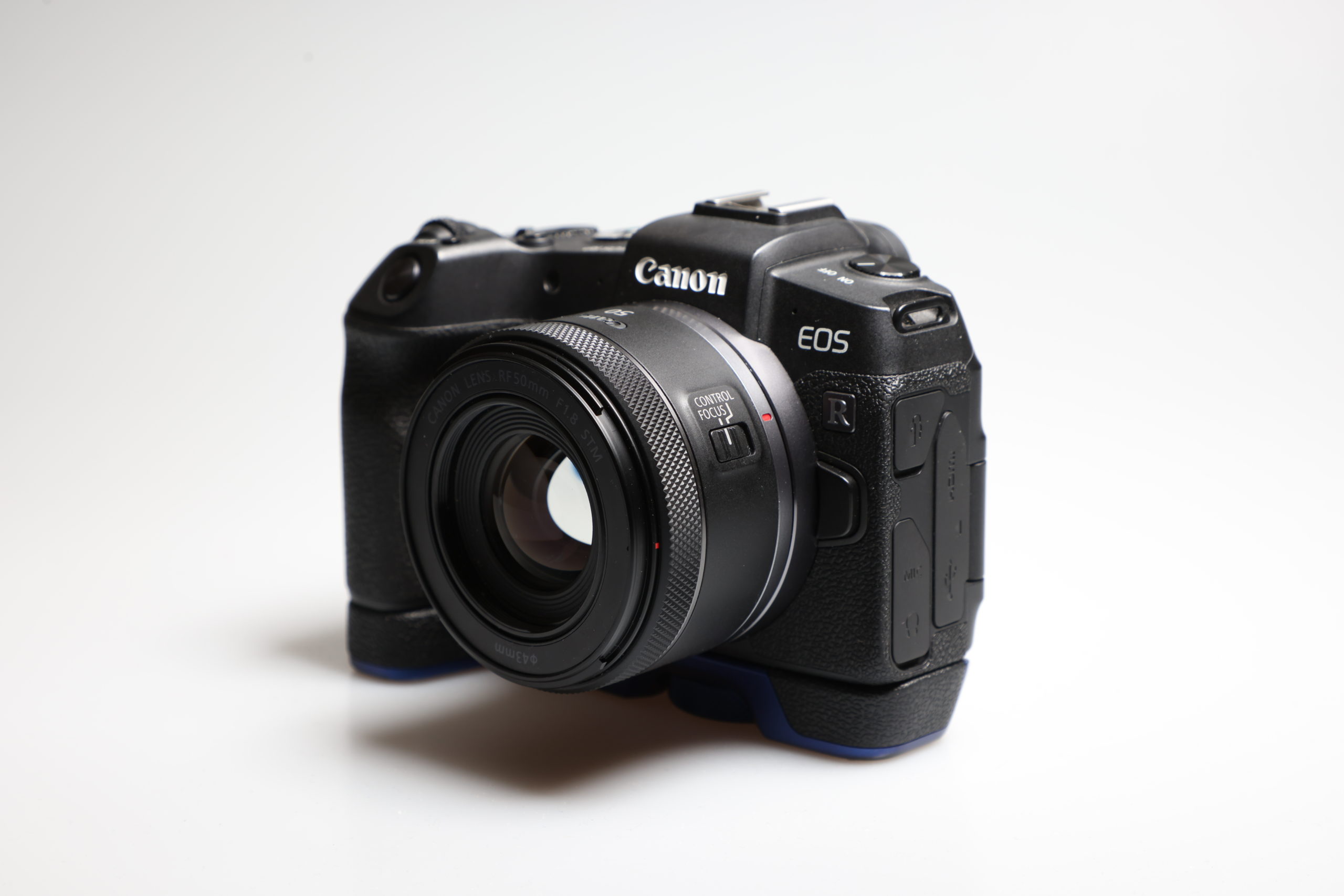
Still Photography
The Canon EOS RP can deliver excellent image quality with any Canon lens and it has solid auto focus capability to go with that. The 26.2 megapixel sensor delivers plenty of detail for display on screen or creating good quality prints up to 16 x 20 inches.
One of the criticisms of the Canon RP is that the dynamic range is not at the level of its competition or even other Canon cameras. I don’t know all the ways cameras can manipulate dynamic range but in my experience the RP doesn’t seem to have a problem taking nice looking landscape images. Obviously it will be crippled slightly to differentiate it from the more expensive up scale cameras like the R5. (I did a comparison of the EOS RP and EOS R and the R seems to have slightly better dynamic range.) Of course the R5 has a LOT of dynamic range. Despite this apparent limitation with the RP I was happy with the photos the RP was able to take even in adverse lighting conditions.
If you’re really set on getting one of those high dynamic range images the RP has the ability to shoot bracketed HDR images. It can also combine them in camera or you can combine them yourself in an editing program of your choice.
The EOS RP does not have IBIS but it does work ok with Canon’s stabilized lenses which may allow for 1-2 stops of stabilization on average. Not having IBIS is one of those things that will produce mixed reactions. On one hand, professionals who shoot a certain way or always use a gimbal for video may say who cares about the lack of IBIS. It’s actually the target market for this camera which will probably suffer the most if they buy the RP as they won’t understand why their $1,000 Canon camera doesn’t have stabilization but their iPhone does. Well, the reason is that the RP’s sensor is a lot bigger, heavier, and harder to move around than the one in an iPhone. So an IBIS mechanism for the RP is going to be more expensive than what is in the iPhone on it’s teeny tiny sensor.
The RP is not a sports or action camera per-se but it does have reliable SERVO AF when paired with Canon L lenses like the RF 70-200mm f/2.8. In this regard it’s actually a little better than the EOS R which was a surprise considering the price difference… (maybe I have my R setup wrong) The RP doesn’t have all the options for AF that the EOS R and R5 have but it still does a nice job of focusing on people who are walking or otherwise moving in a consistent manner. I was able to test the RP at some weddings using the RF 70-200mm f/2.8 L and it was always reliable at getting subjects walking down the aisle and the like. The nice thing about it is that it does this without needing any kind of settings tweaks, it kind of just works with no adjusting necessary. Many wedding and event photographers will probably appreciate that ease of use.
A cool feature that is new to me is the RP’s touch and drag AF point selection. At first this sounds like something crazy but it works amazingly well. All you have to do to move your focus points is reach out with your thumb while looking through the viewfinder and simply move your thumb around on the rear screen. The screen functions as a kind of “joystick” making it easy to move the focus point around. It really is a great innovation and I have to give credit to Canon for doing it. IMO it actually beats using a physical “joystick” like what is on the EOS R5. Of course the EOS R5 also has “touch and drag” AF point selection as well.
One missing feature of the Canon RP is that of full mechanical shutter. Instead of full mechanical shutter the EOS RP has EFCS or electronic first curtain shutter. With a very fast lens at very high shutter speed bokeh could be impacted by EFCS. Whether the impact is negative or not is kind of up to your taste. I have seen odd things like huge color shifts in the sky when using EFCS but haven’t seen anyone else talk about that. Unfortunately, the RP’s sensor readout speed is so slow that it’s full silent mode is basically unusable.
Practically speaking, the EOS RP only has one usable shutter mode and that is EFCS or electronic first curtain.
The last issue I can think of for stills shooting is the maximum shutter speed being limited to 1/4000th of a second. It won’t affect the camera’s ability to stop motion very much but it is something to be aware of if you are shooting with a fast lens. In my experience this won’t be a problem unless the lens on the camera has an aperture brighter than f/2.8. I noticed when shooting with the RF 28-70mm f/2 that I ran into the 1/4000th shutter speed a couple times when shooting outdoors at f/2 which forced me to stop down the aperture when I did not want to. Because of this limitation you may be forced to stop down your lens an extra full stop or two when shooting with the RP in very bright conditions.
When thinking about the RP as a stills camera it’s important to realize that what it can do is take great pictures very easily as long as you’re aware of it’s limitations and willing to work around them in extreme situations. Ultimately, it is very easy to use and can produce a good quality image for many different styles and purposes in photography.
Image Quality
All in all the EOS RP produces a nice image with a good quality lens attached. If you are looking for a camera that is simple to use, takes great pictures, and is relatively inexpensive, it is hard not to recommend the EOS RP as a potential option.
Canon EOS RP Samples Gallery w/ RF 28-70mm f2:
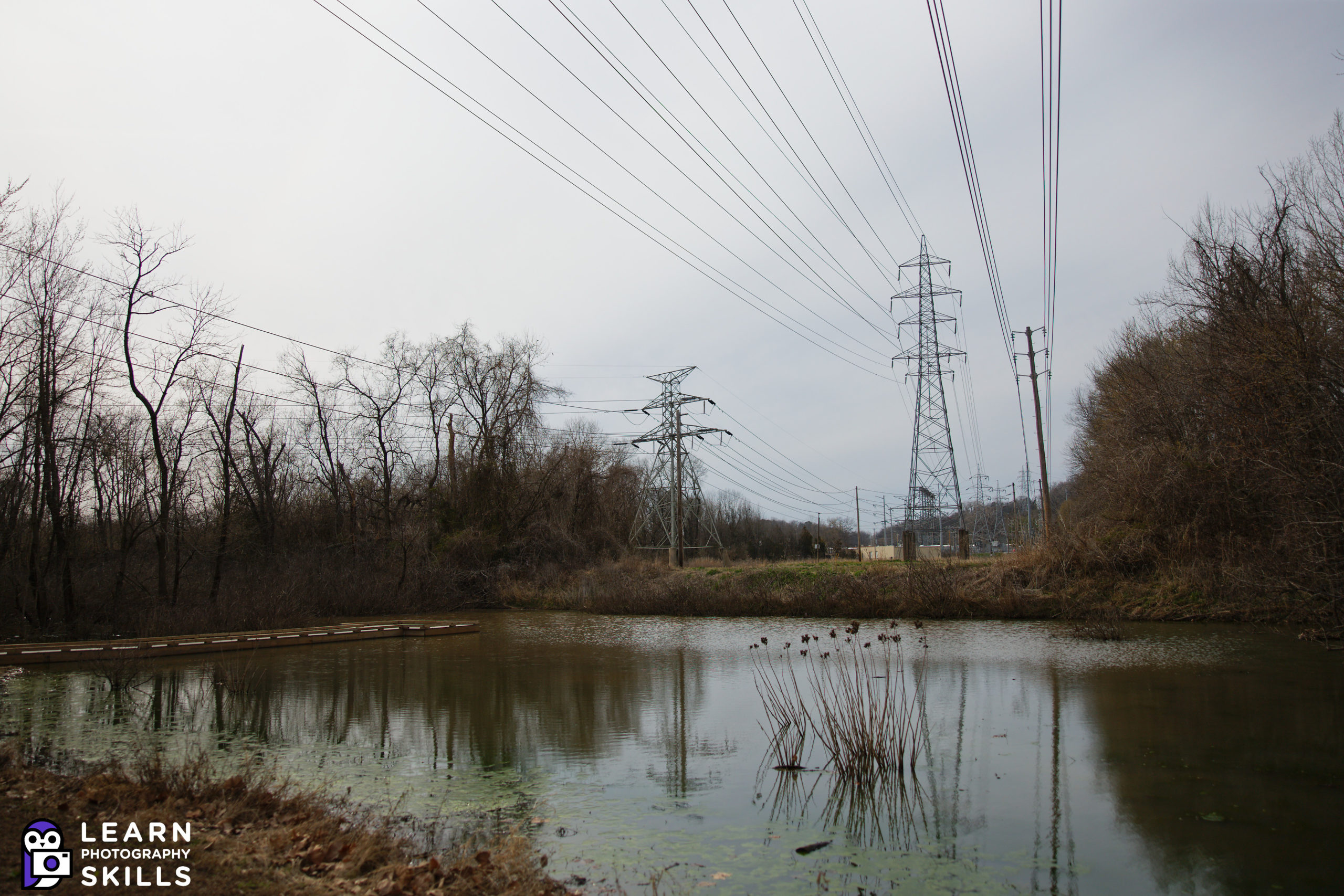
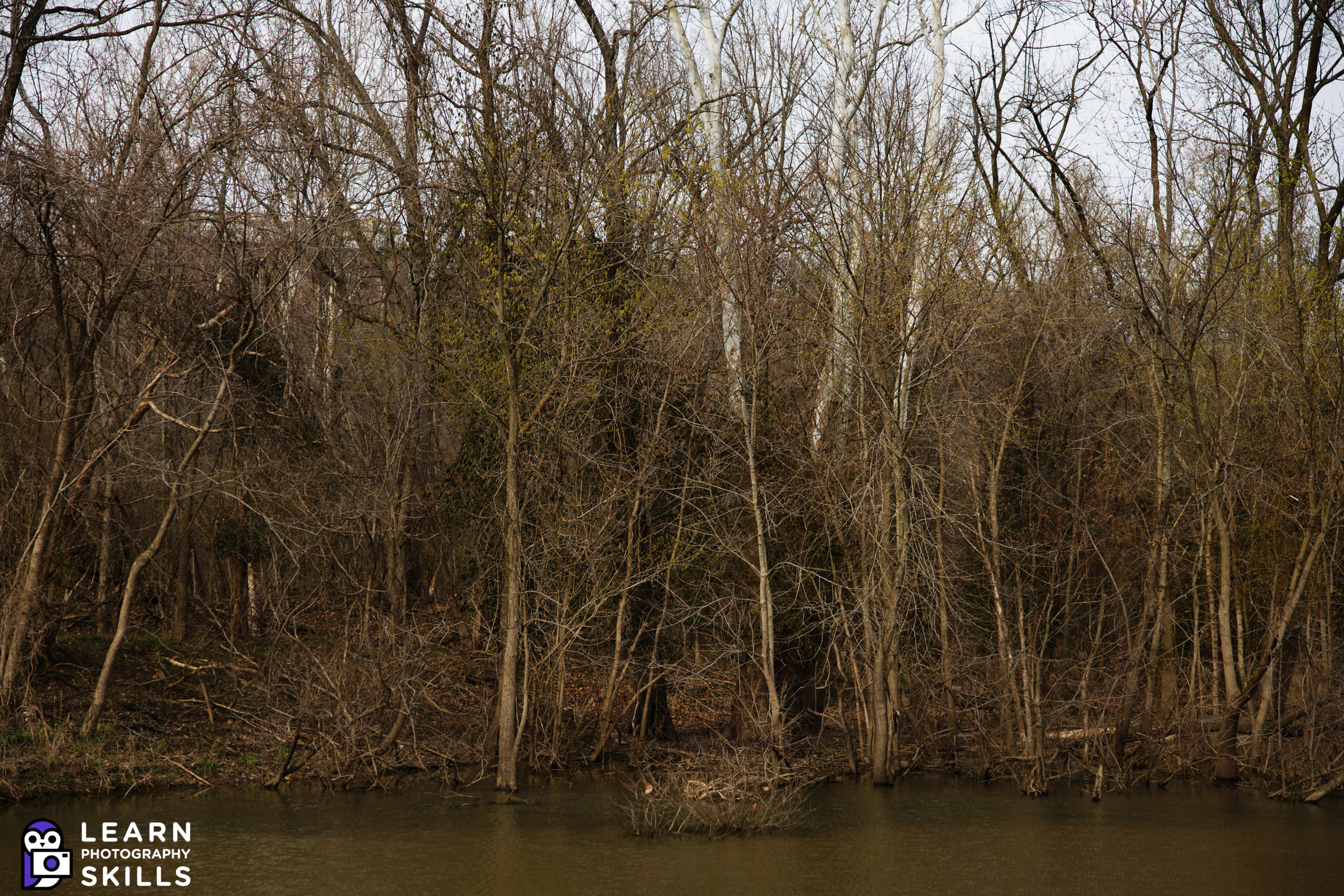
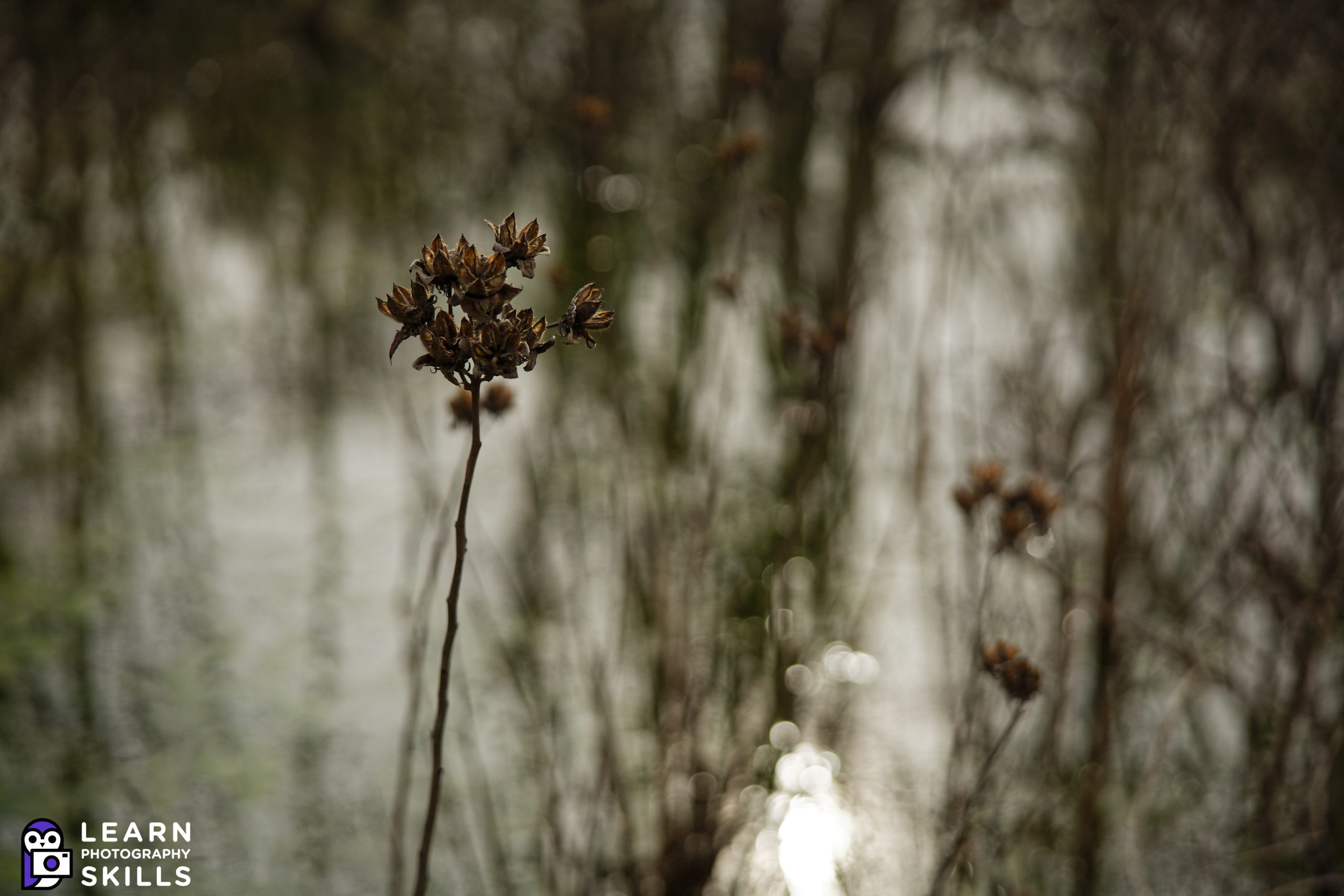
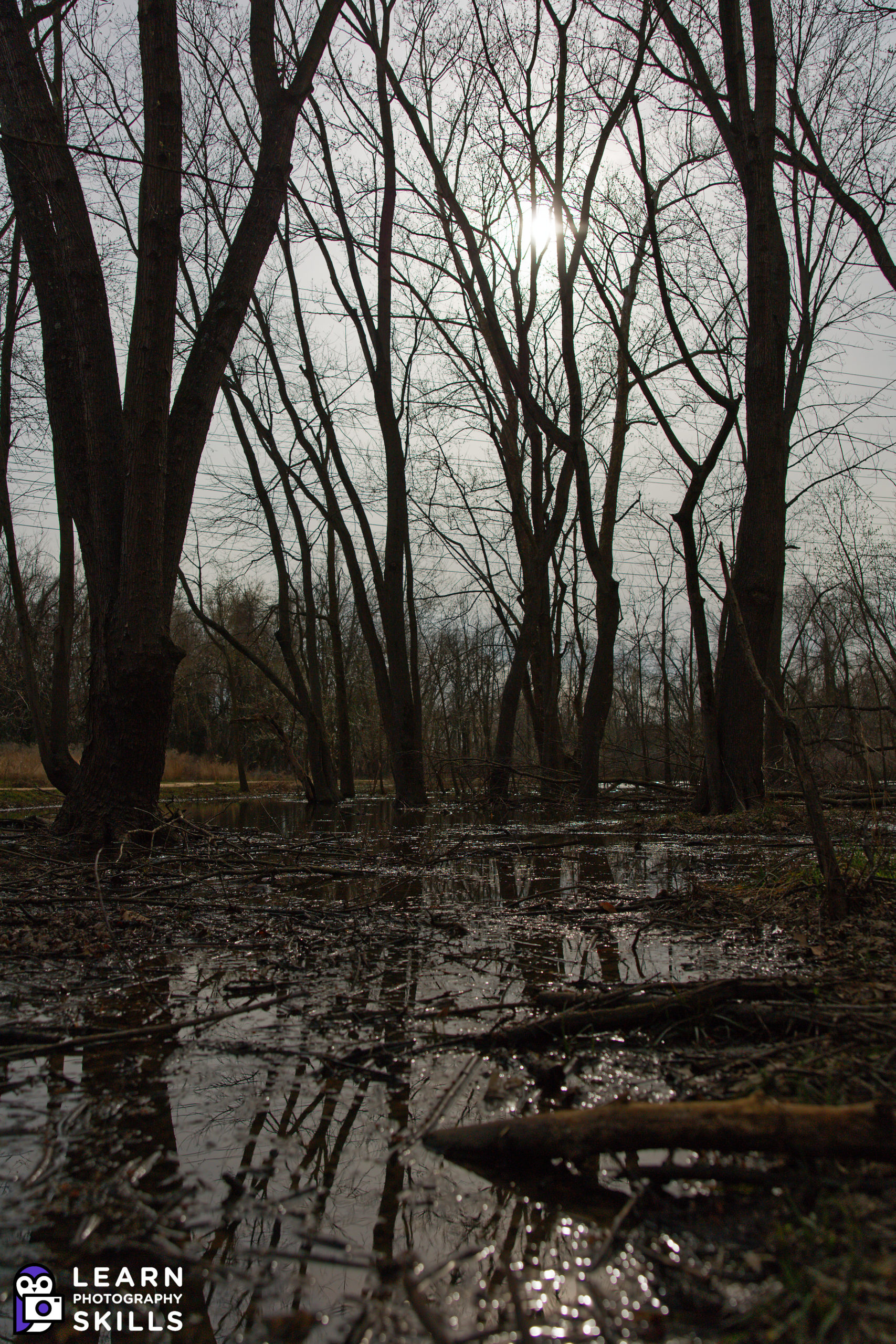
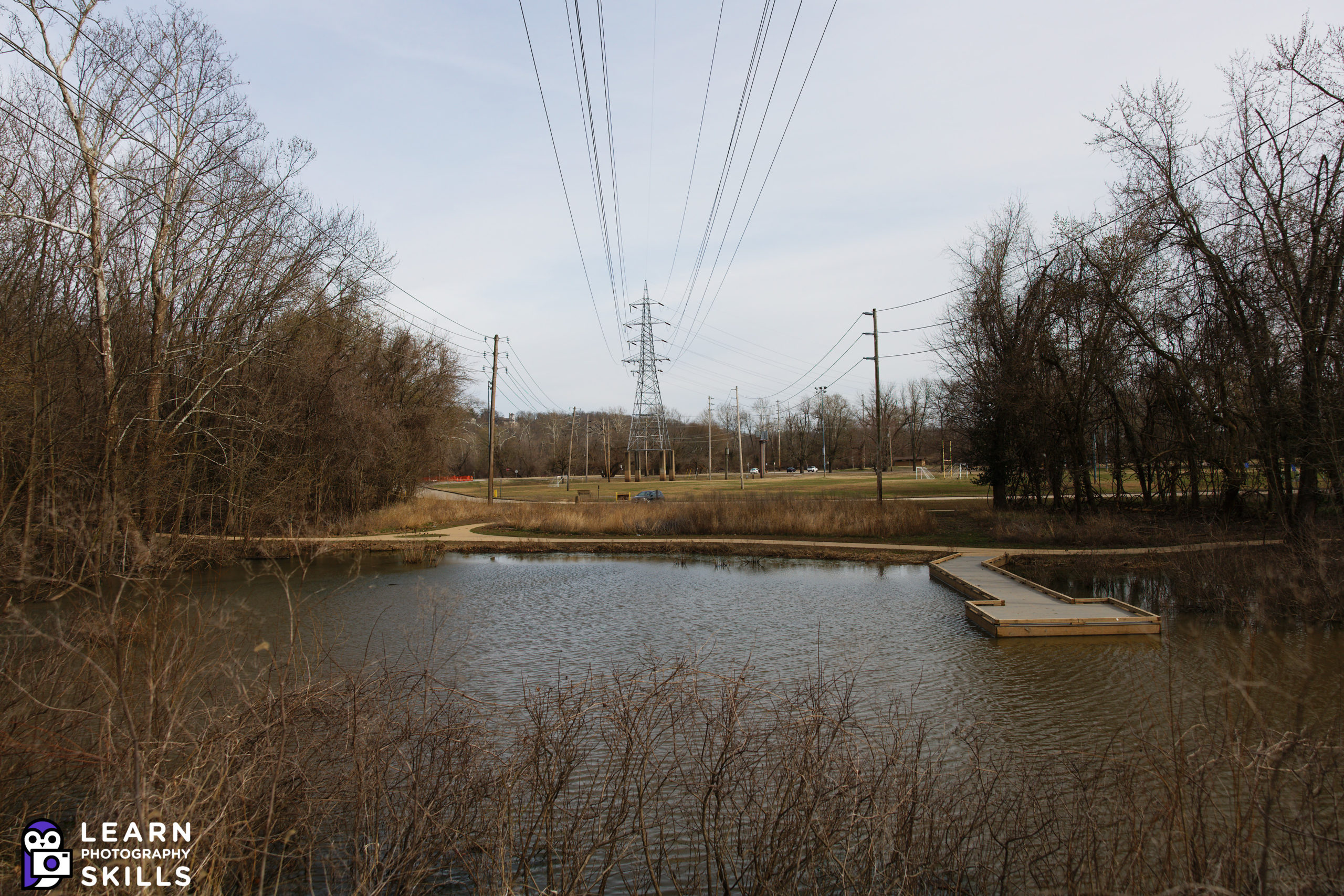
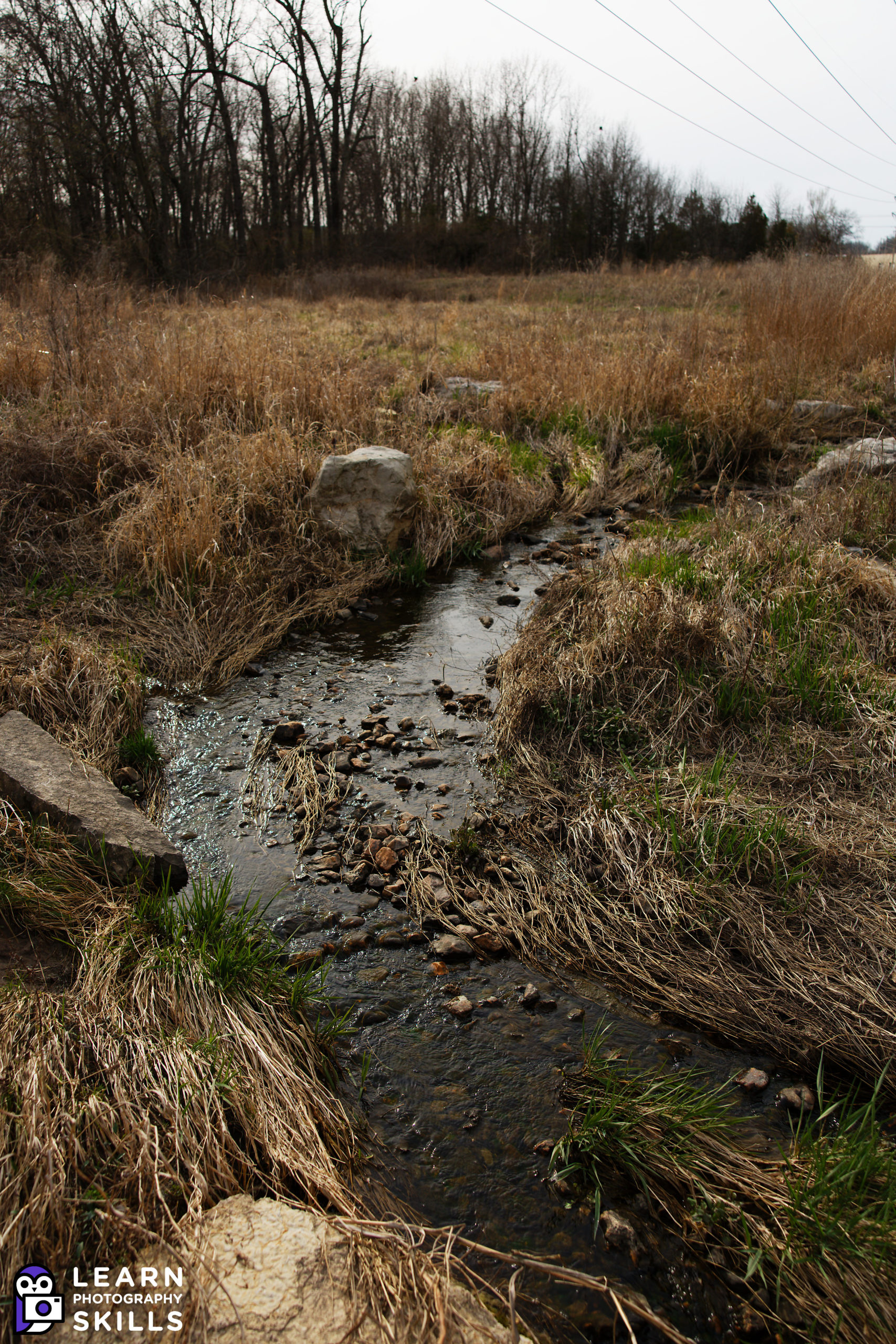
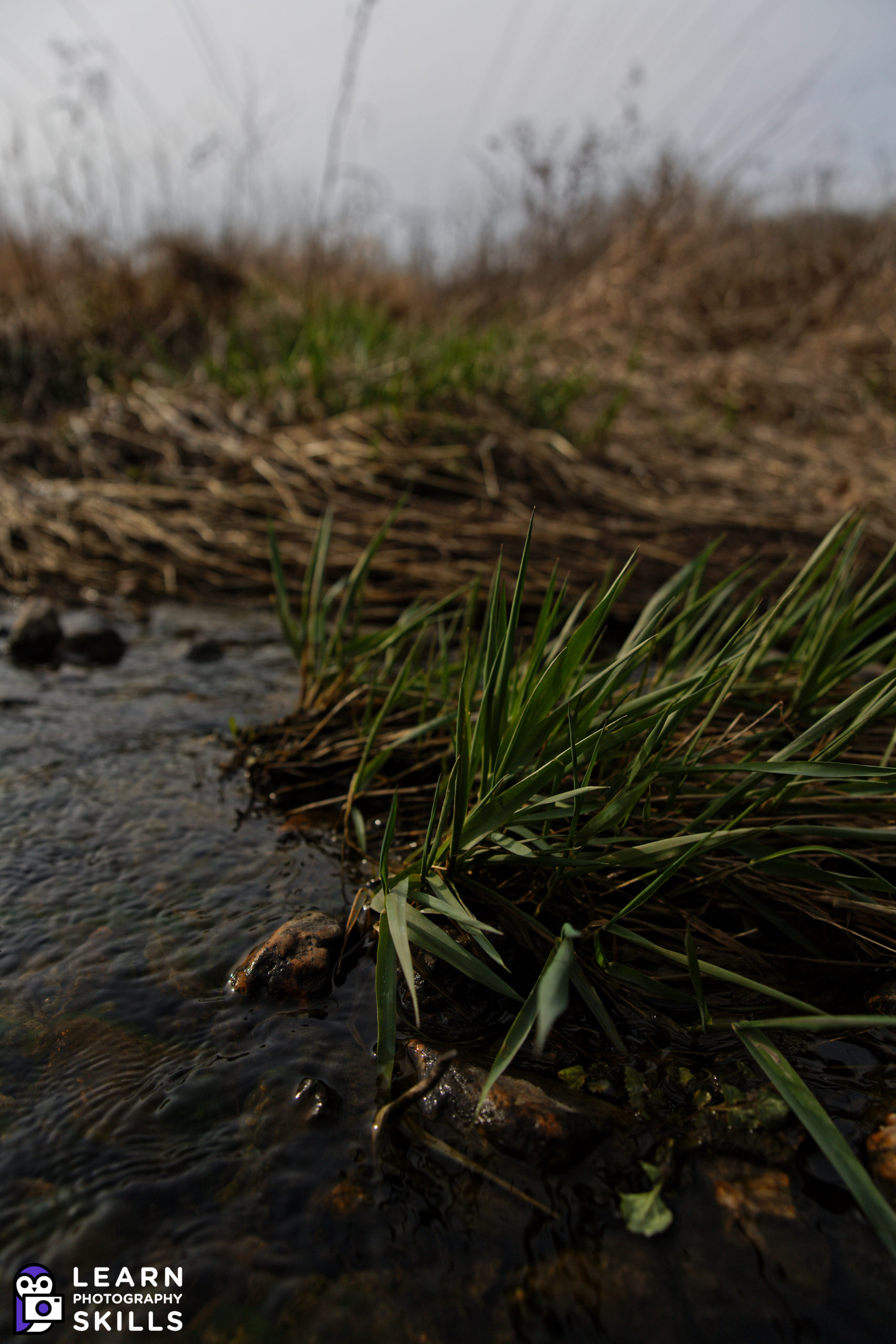
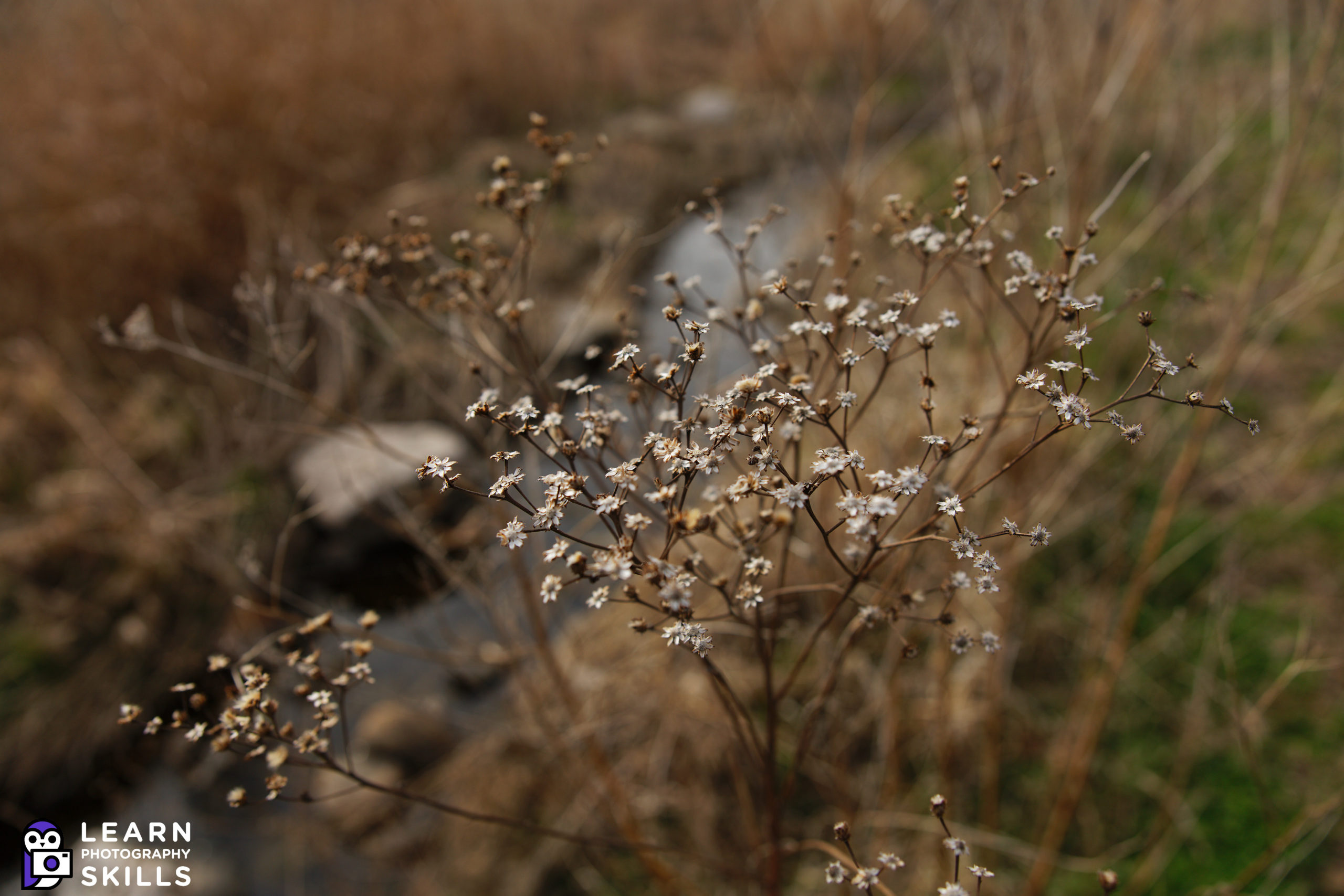
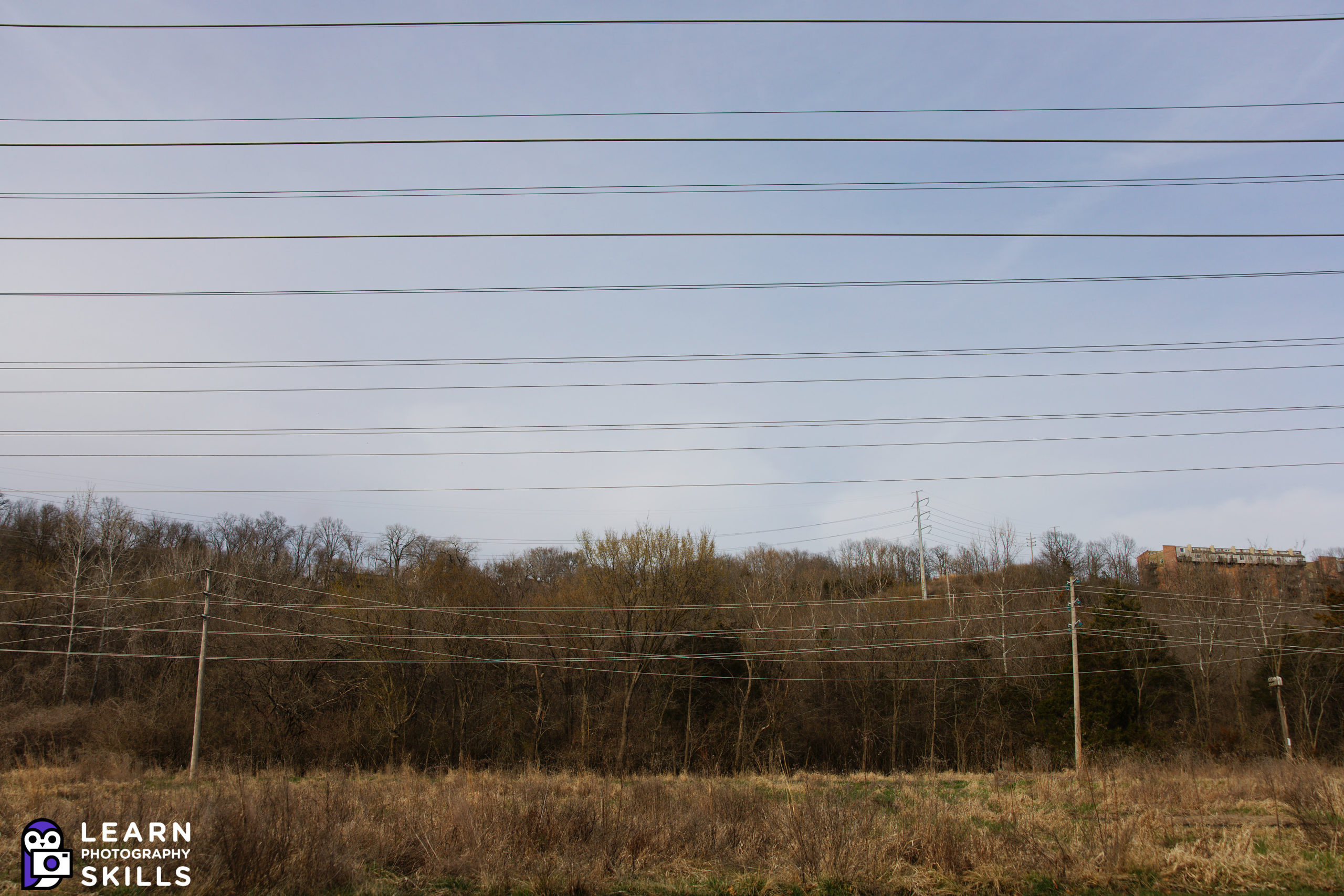
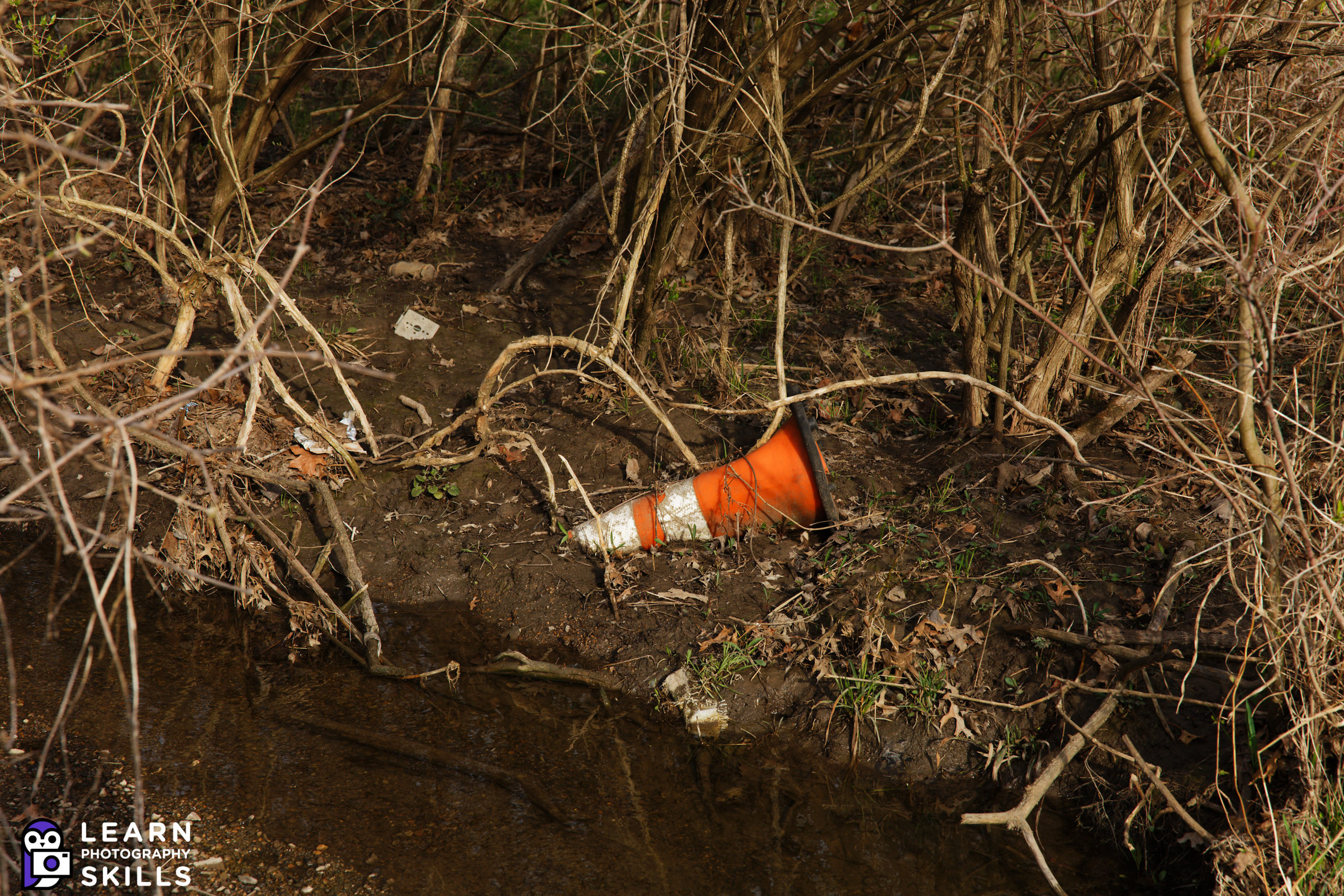
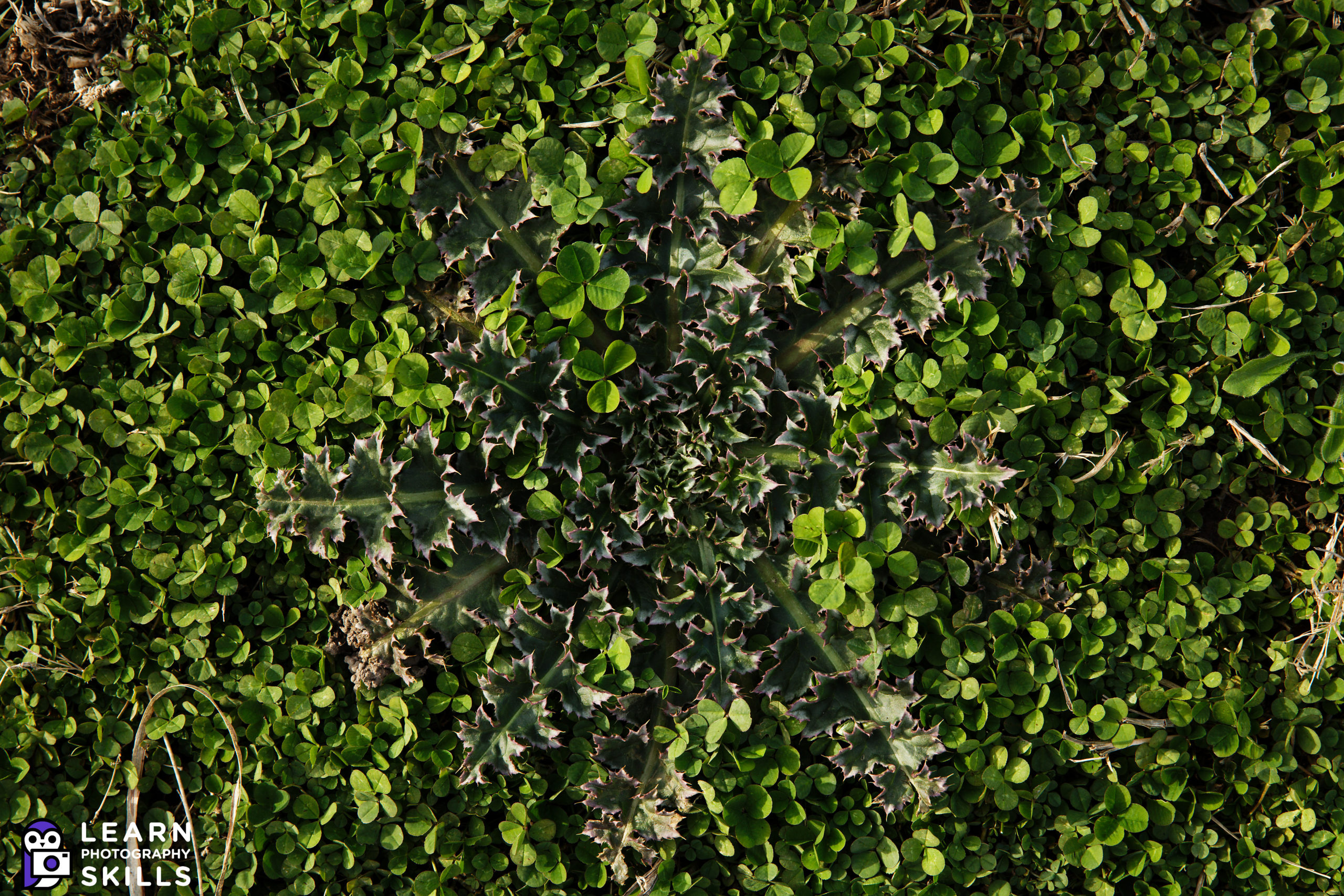

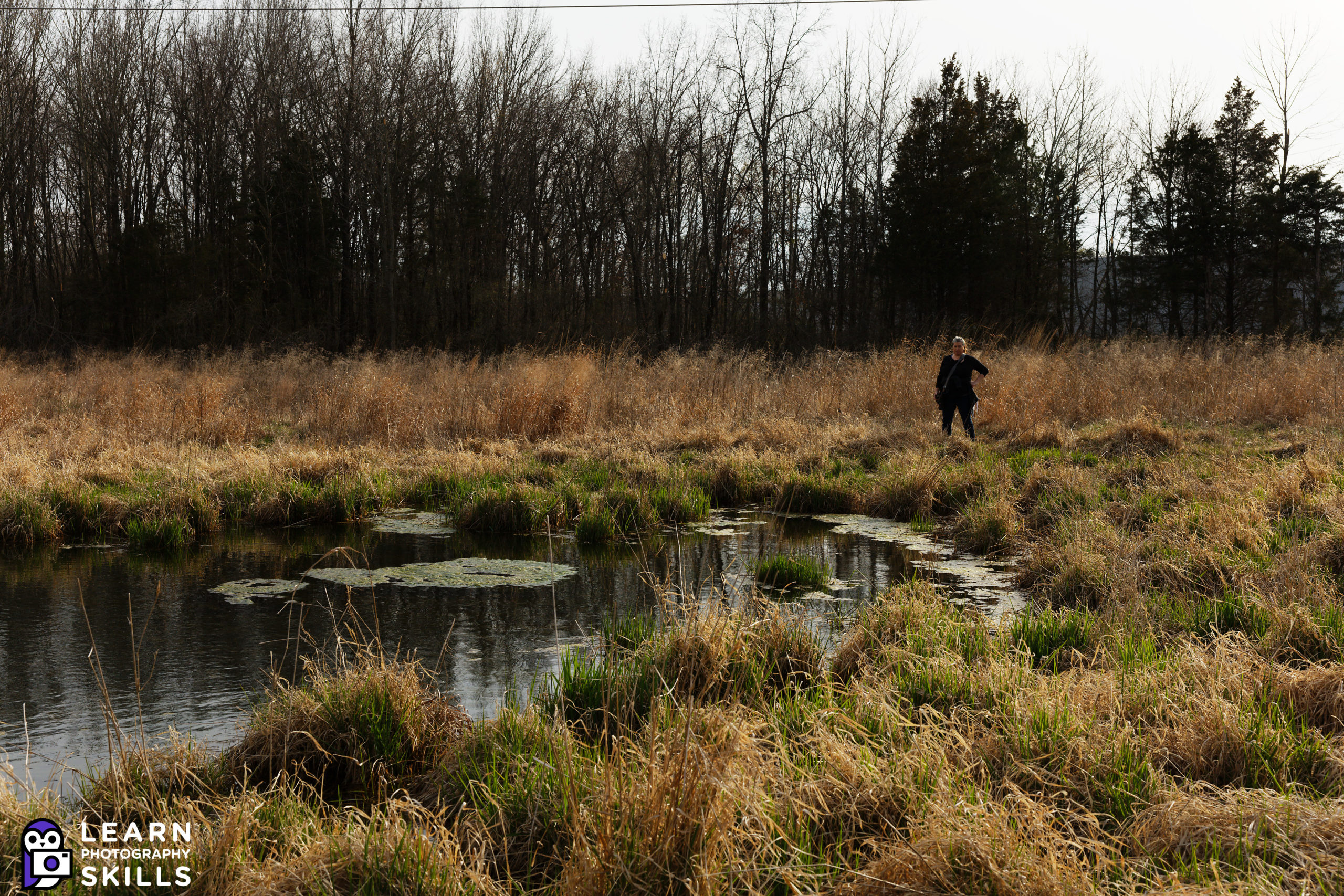
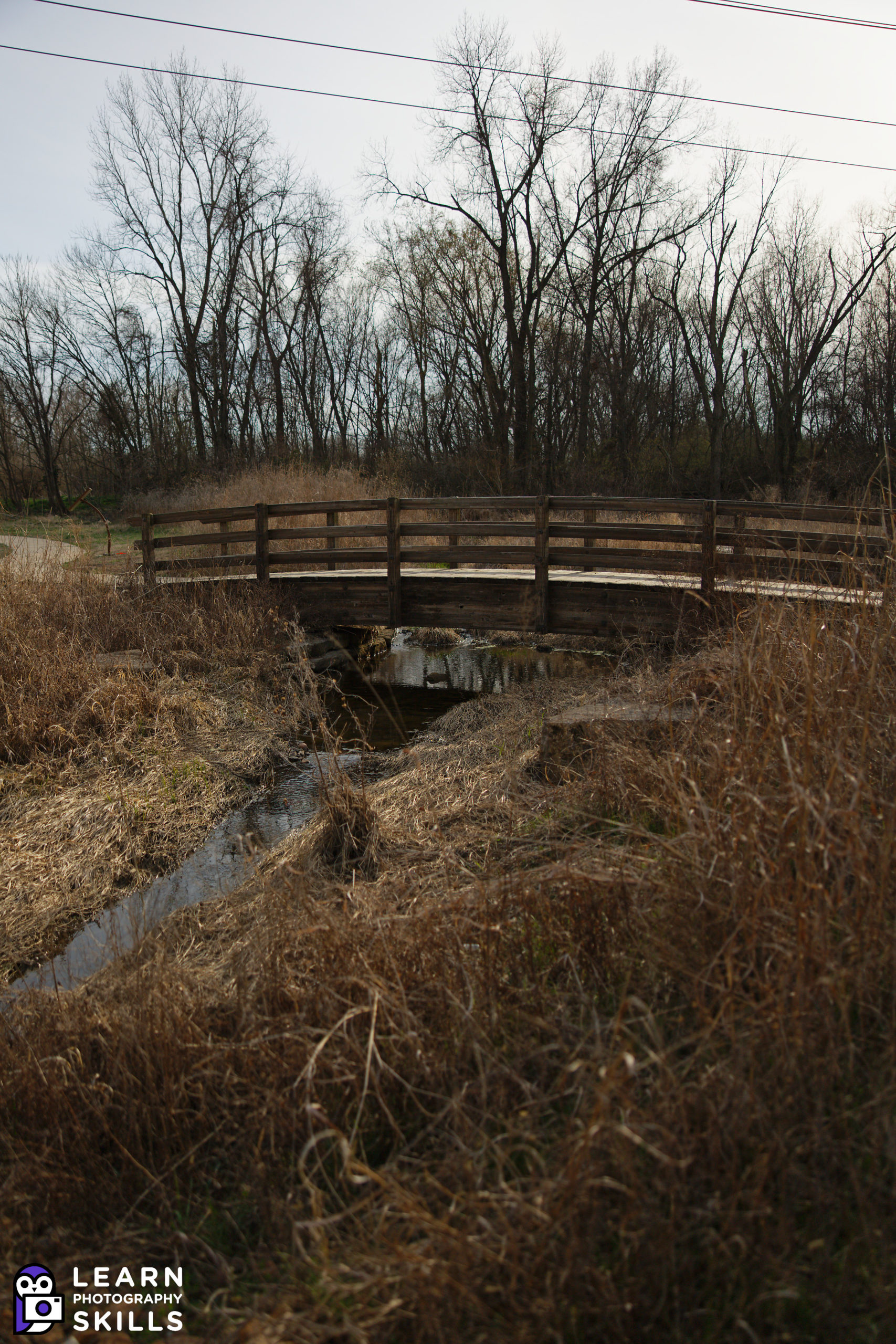
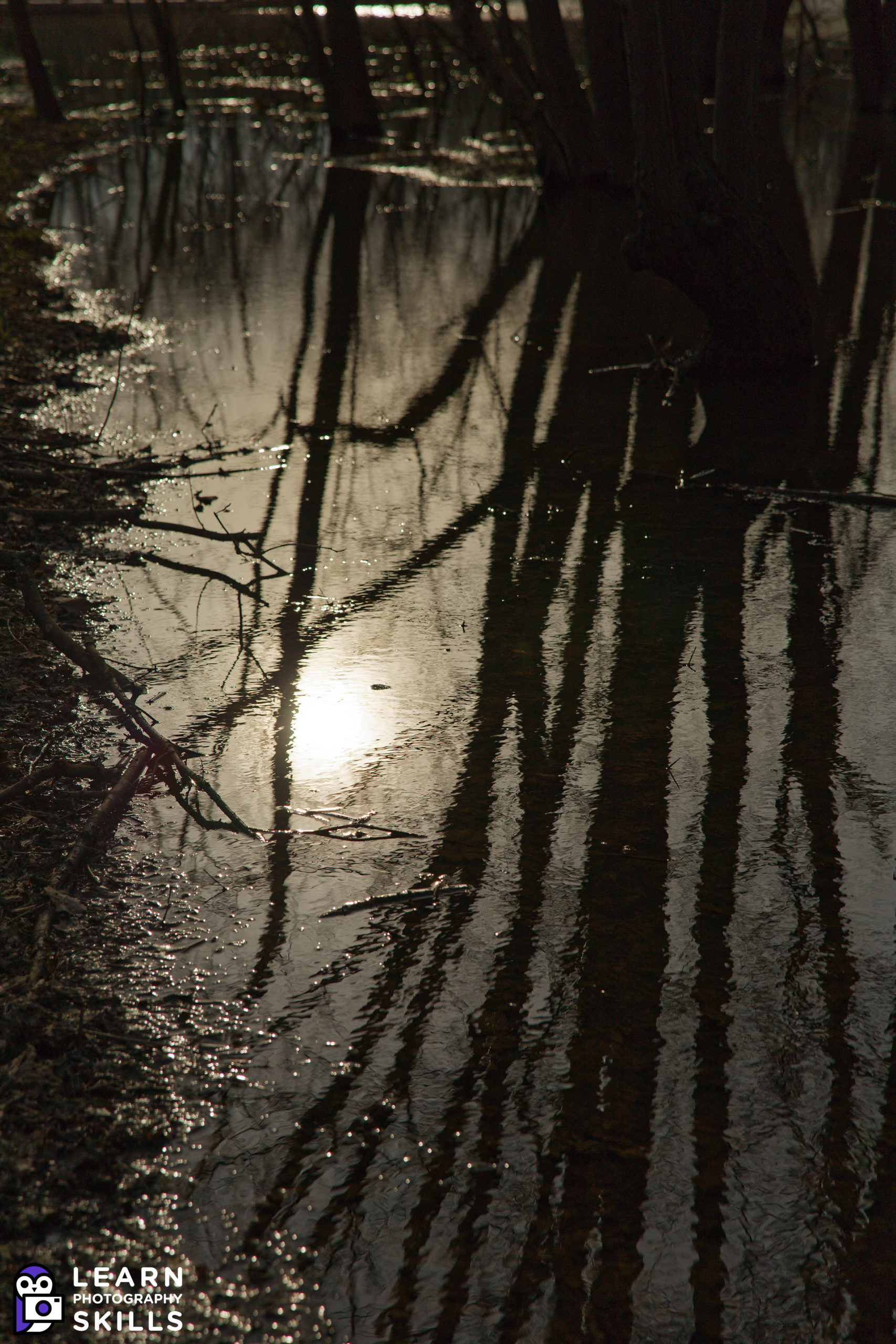

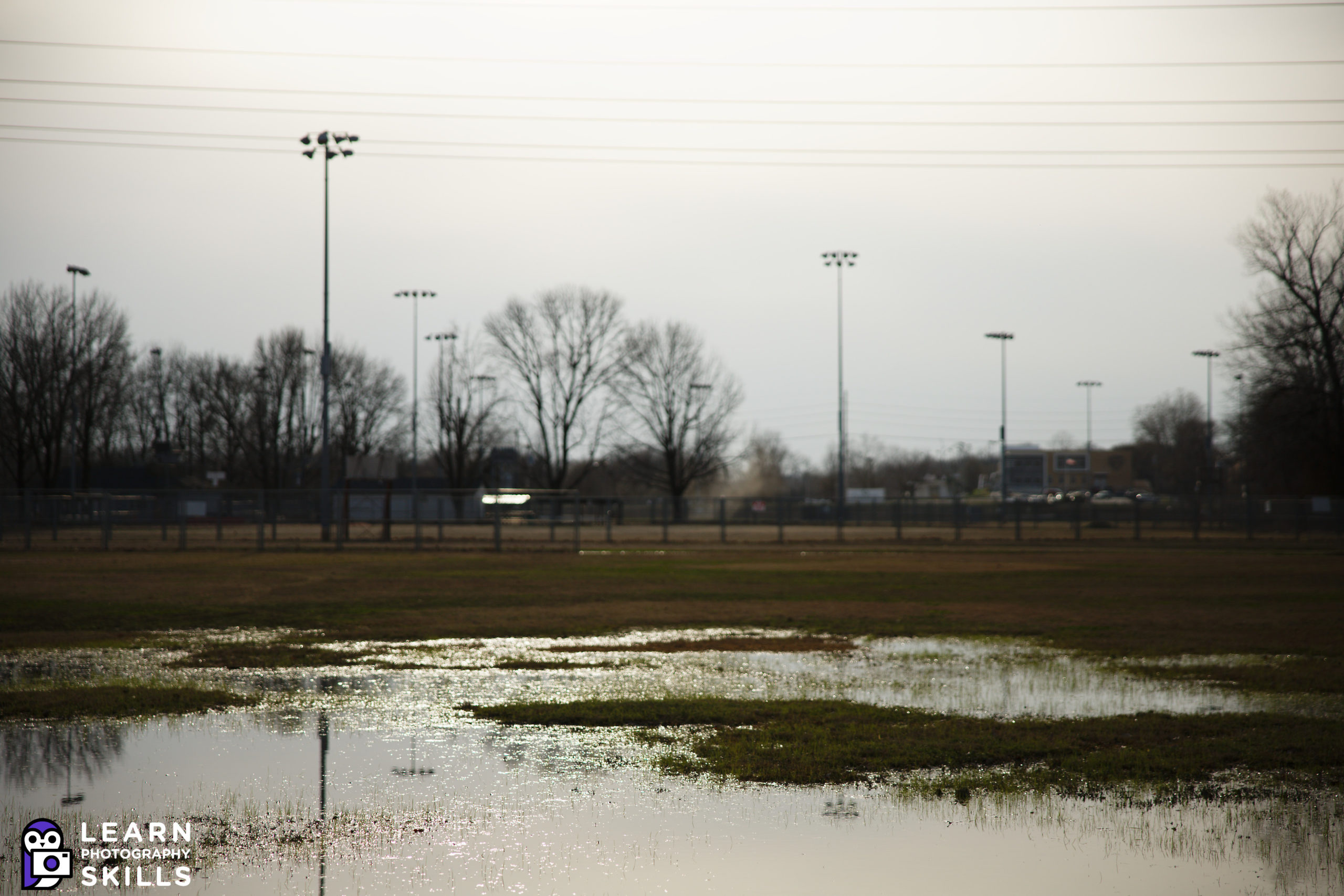
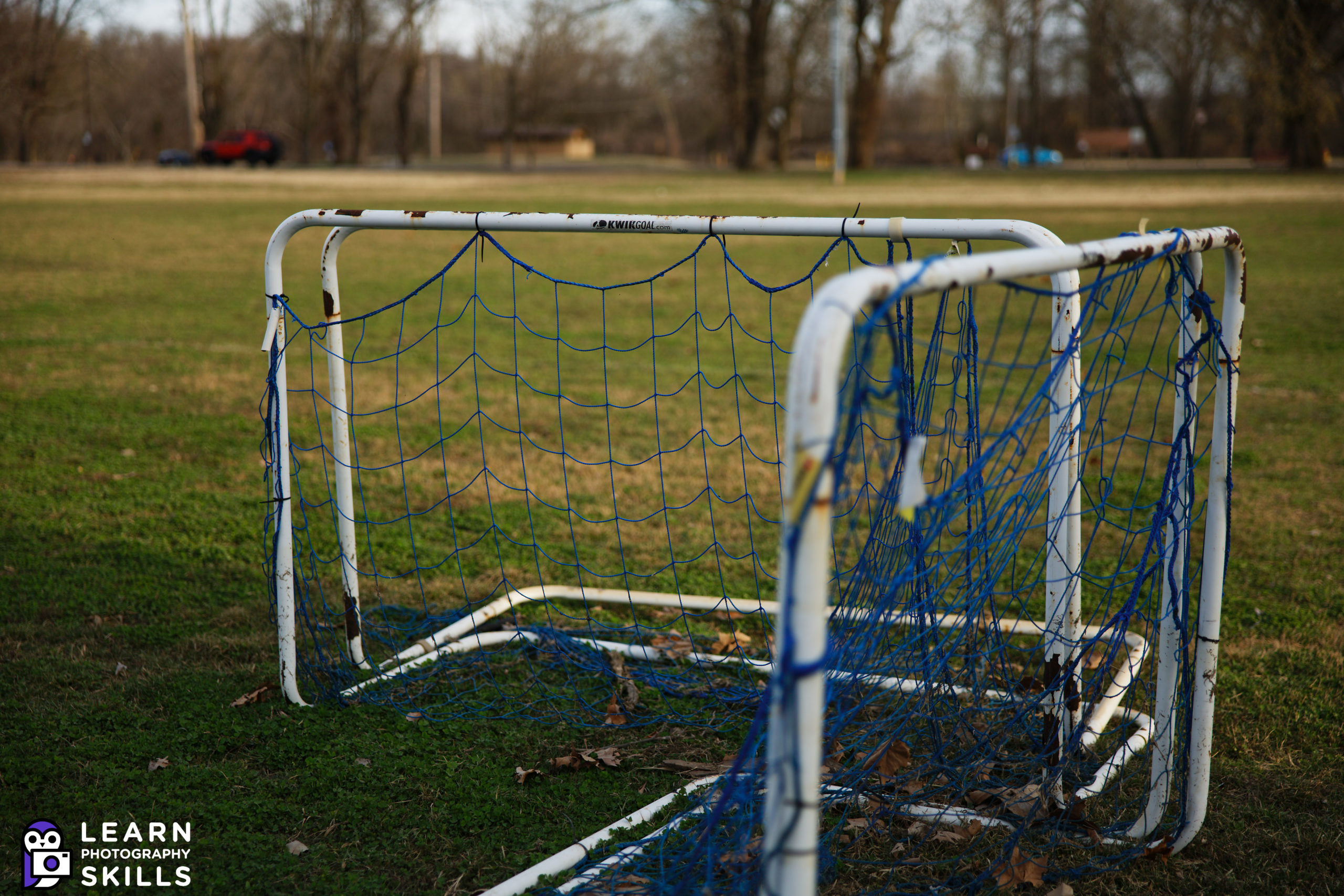
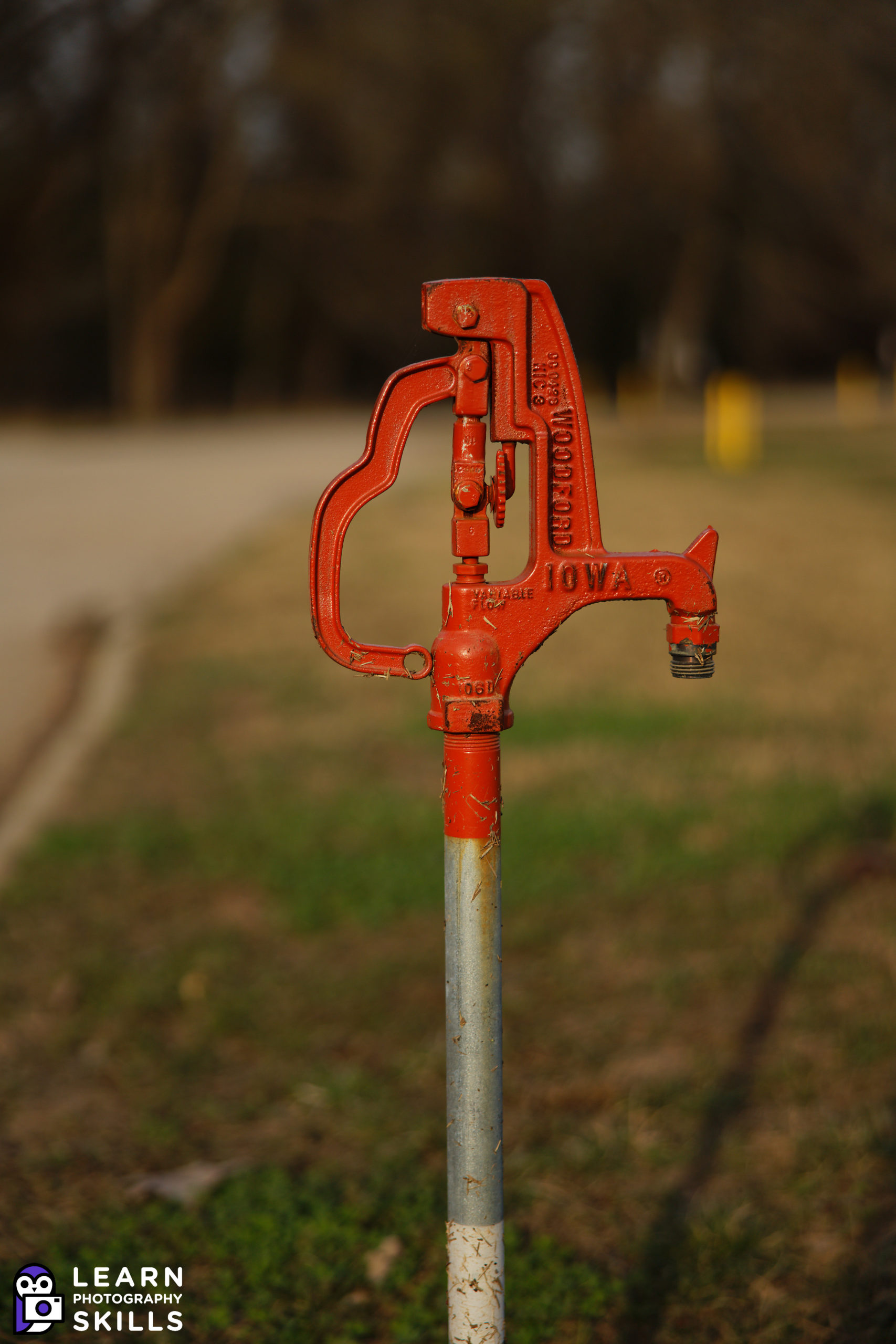
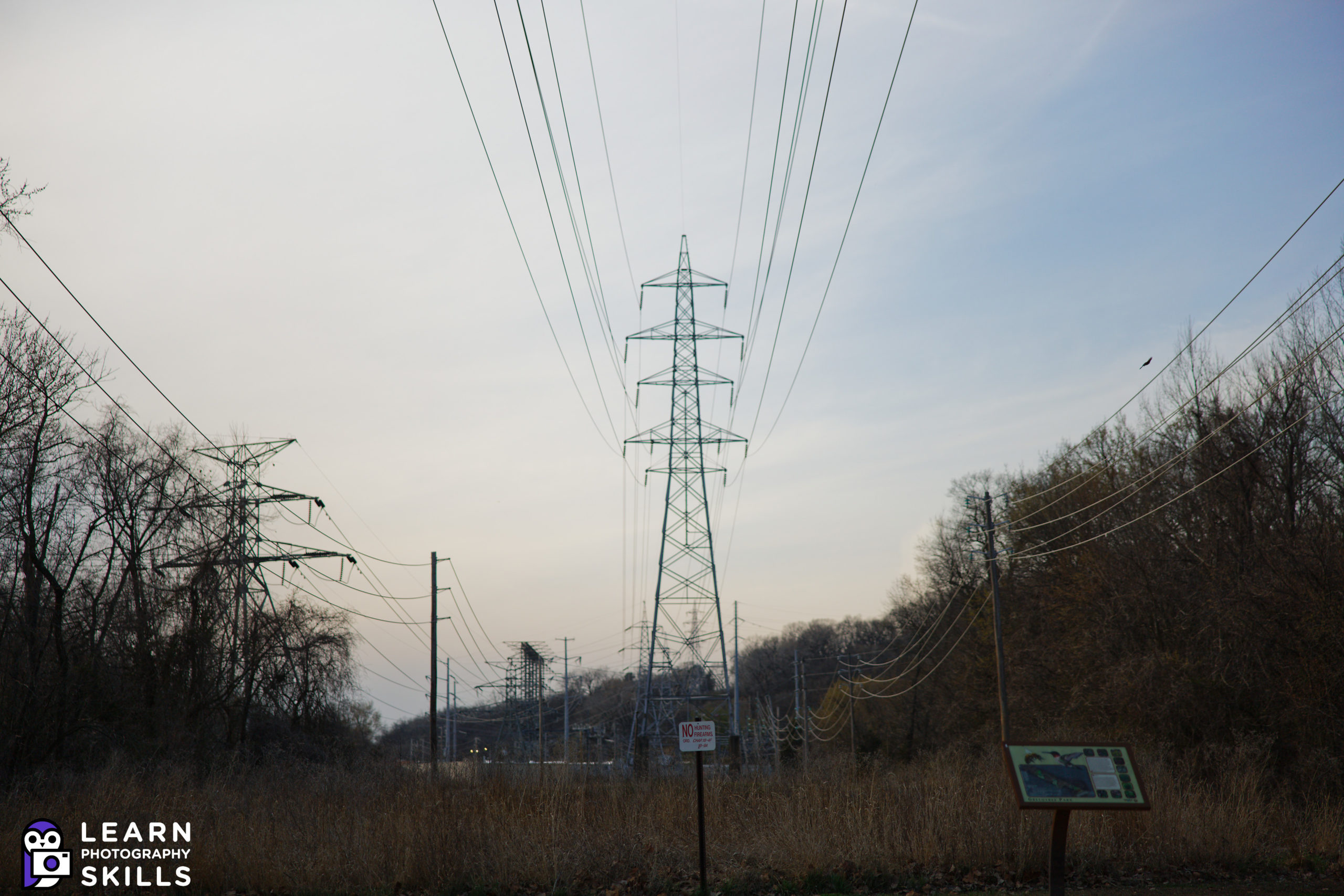
Canon EOS RP Samples Gallery w/ RF 50mm f1.8:
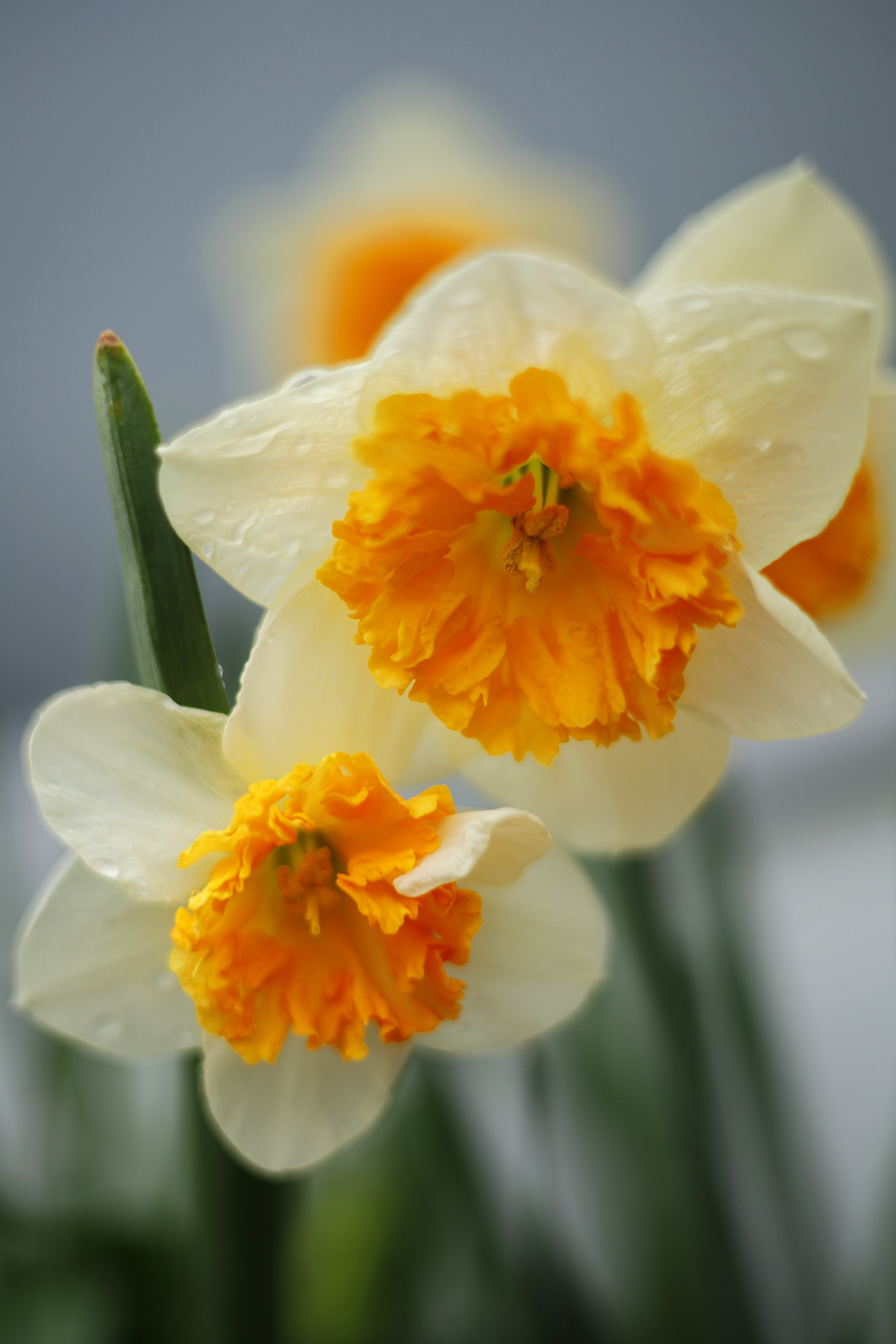
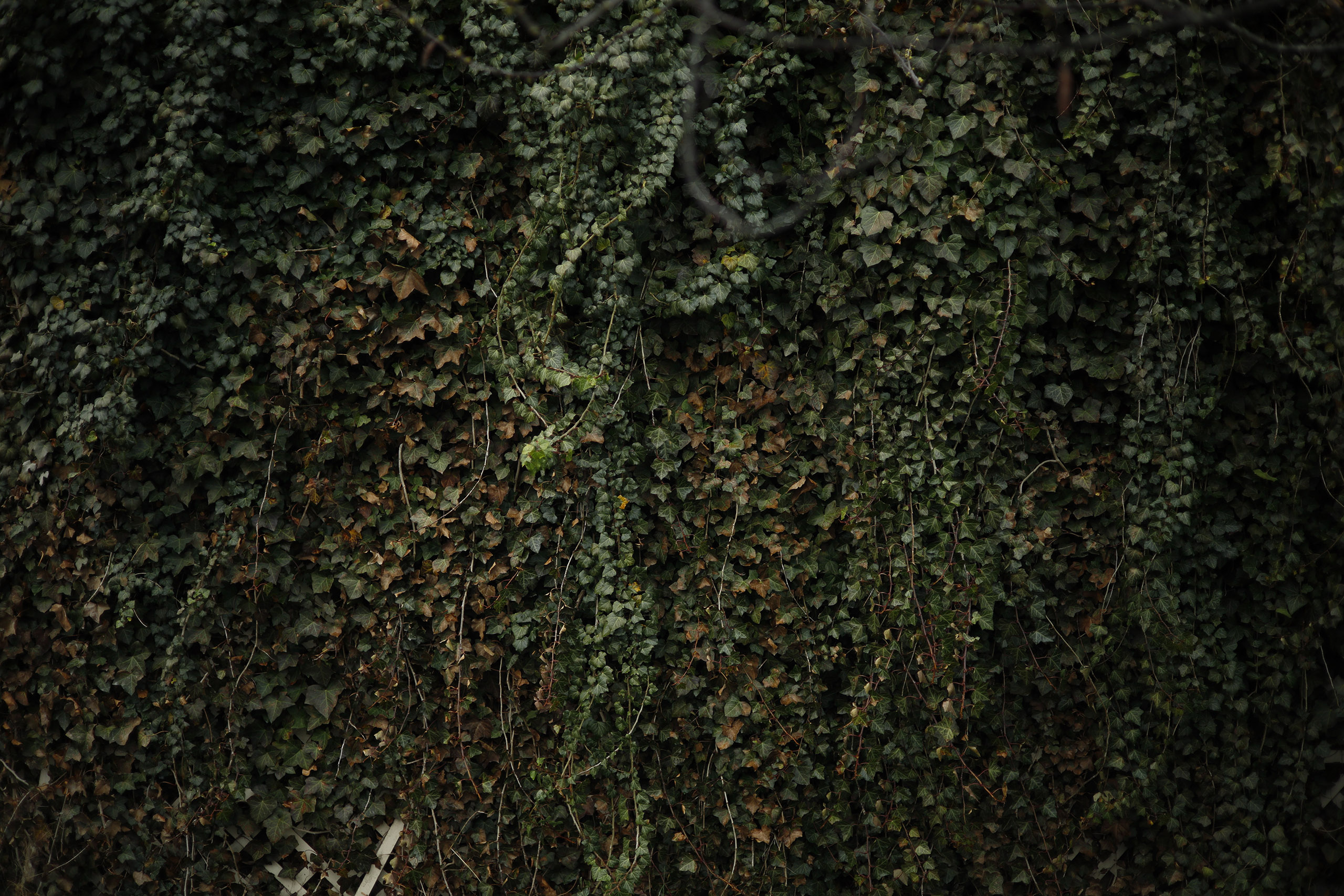
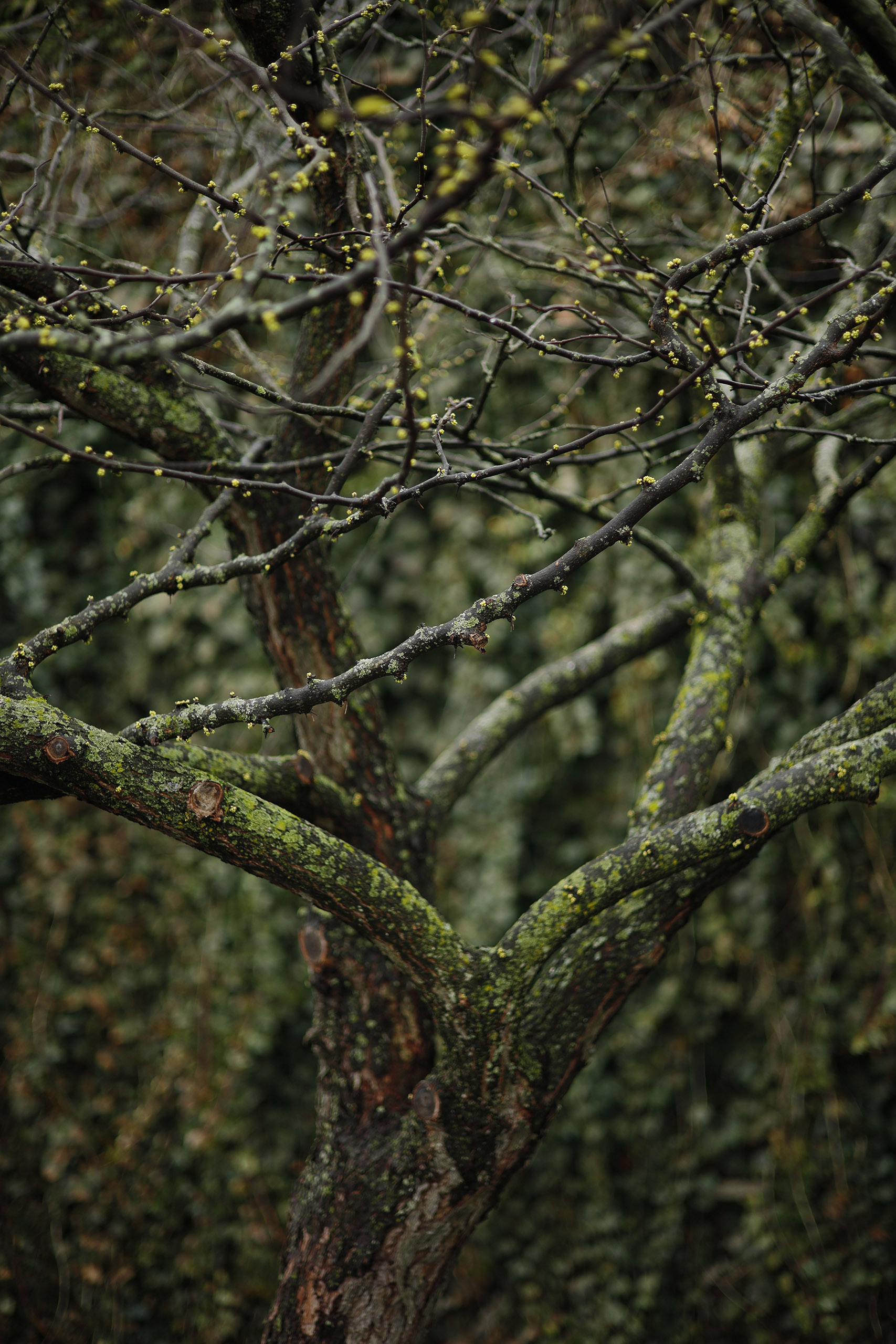
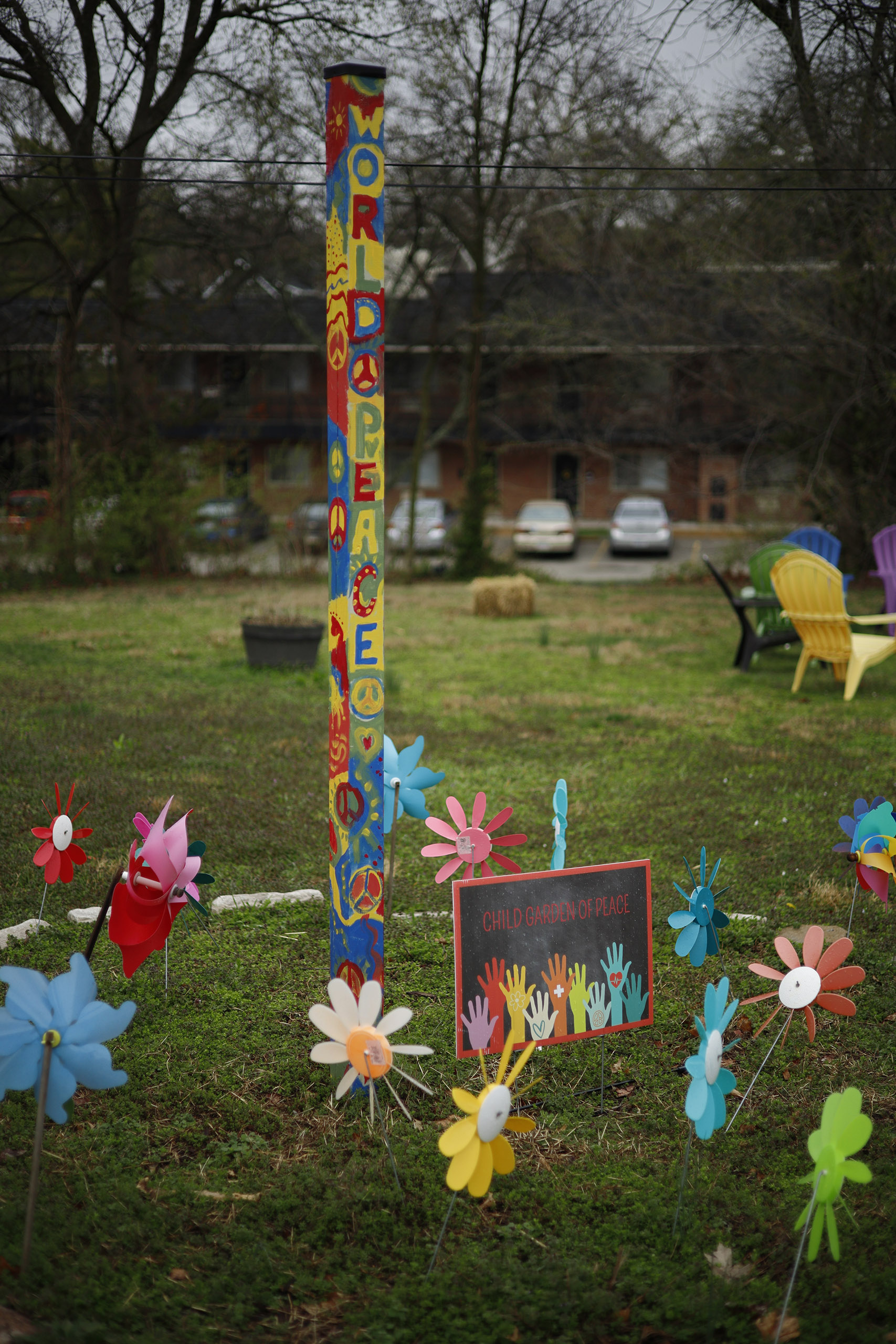
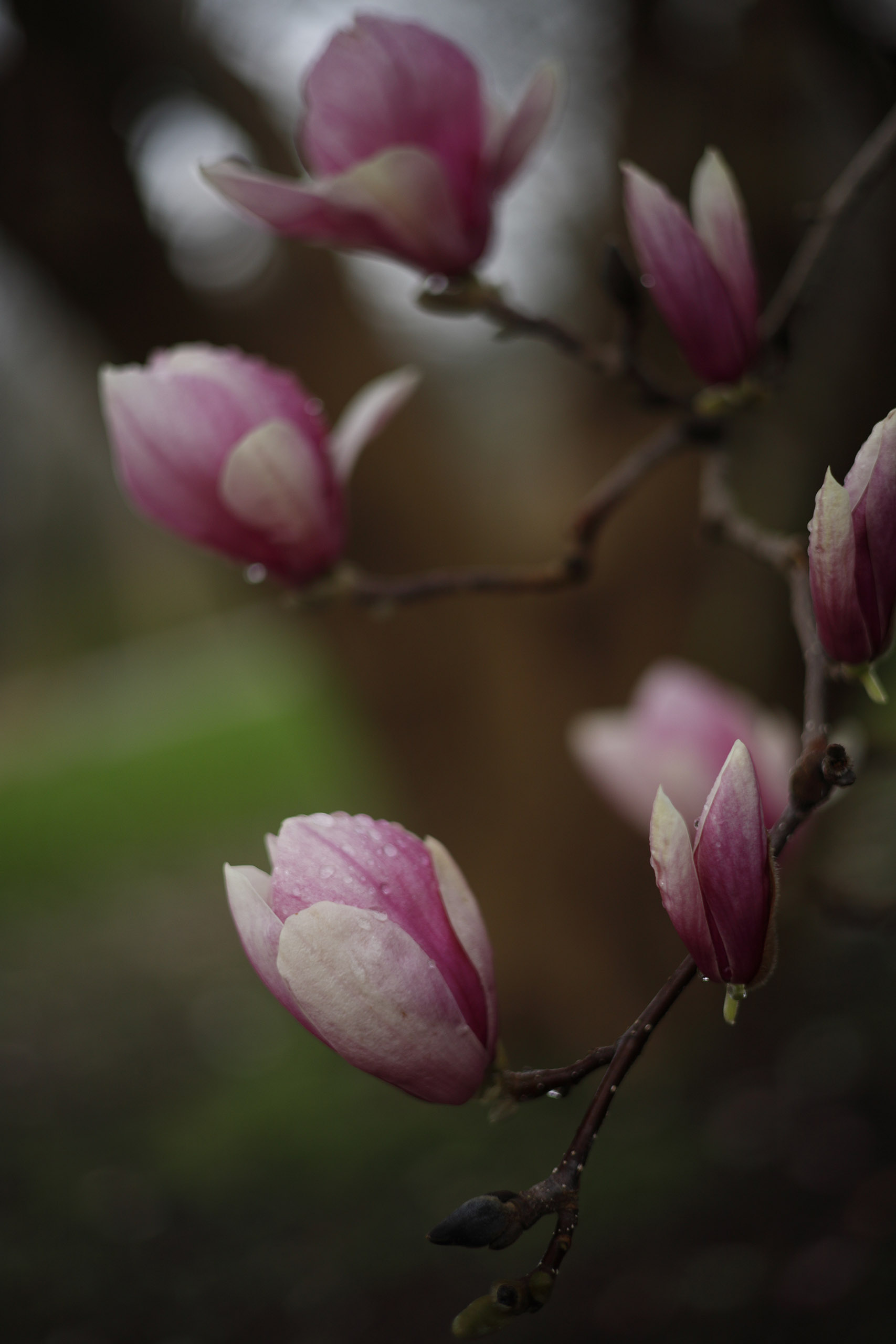
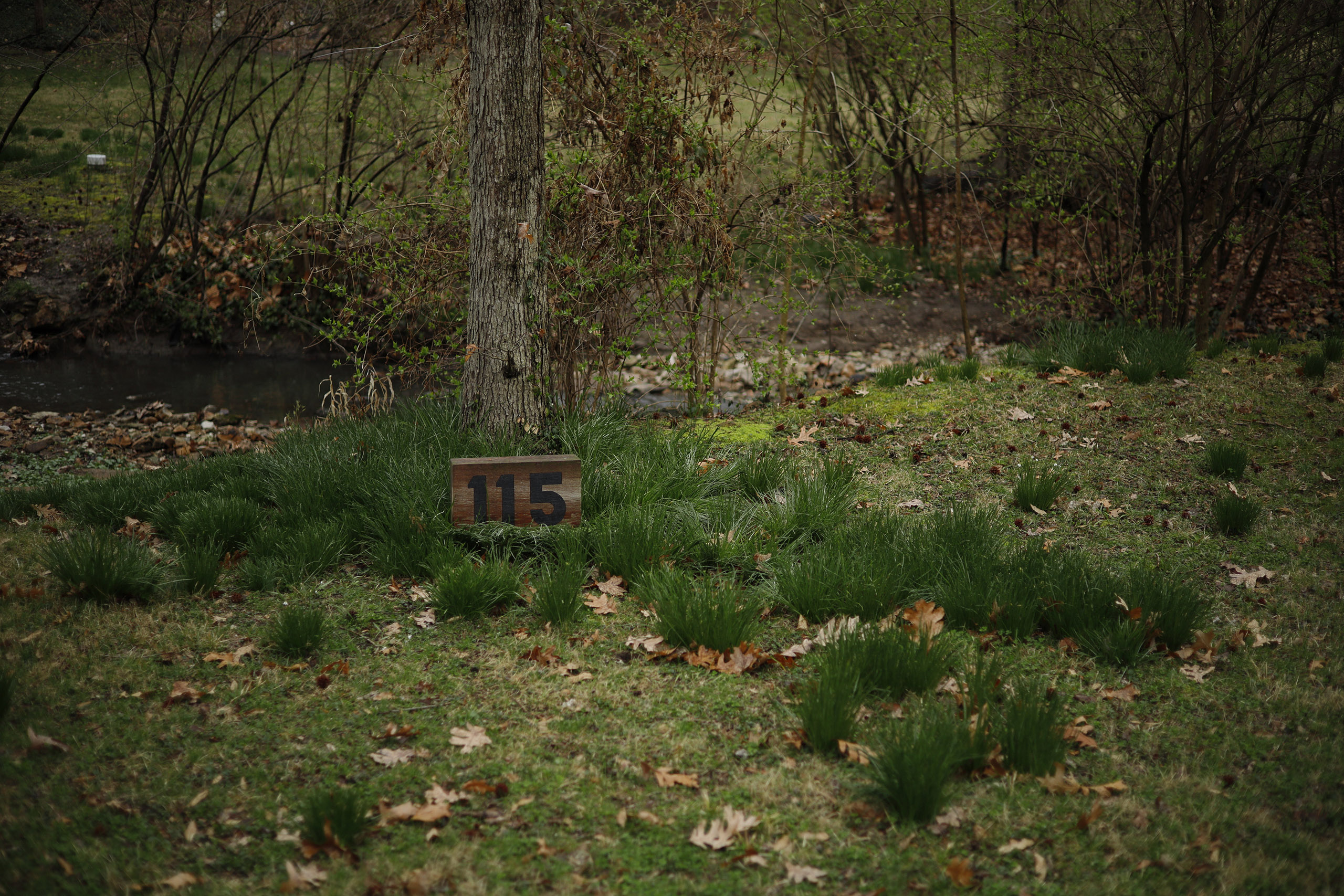
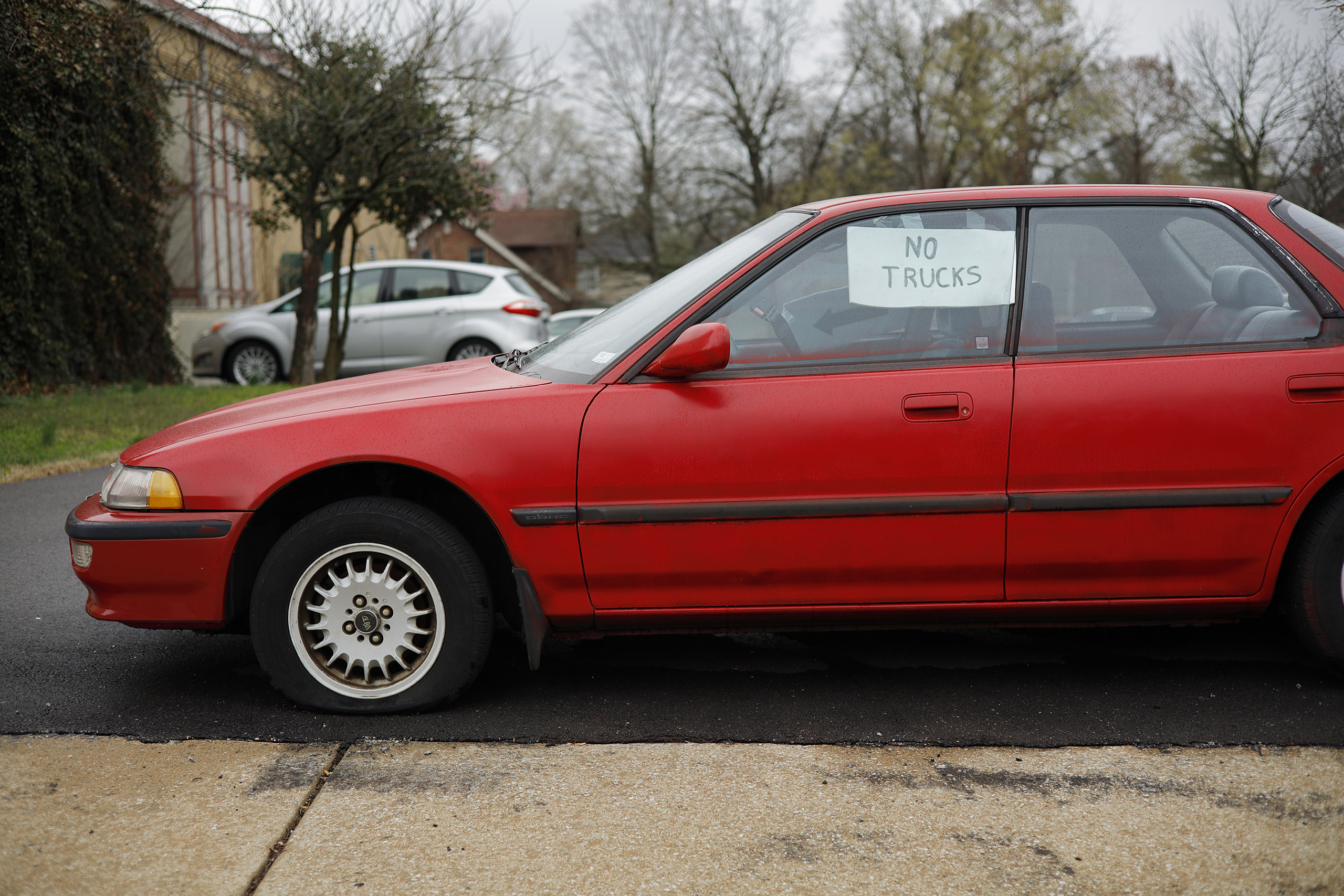

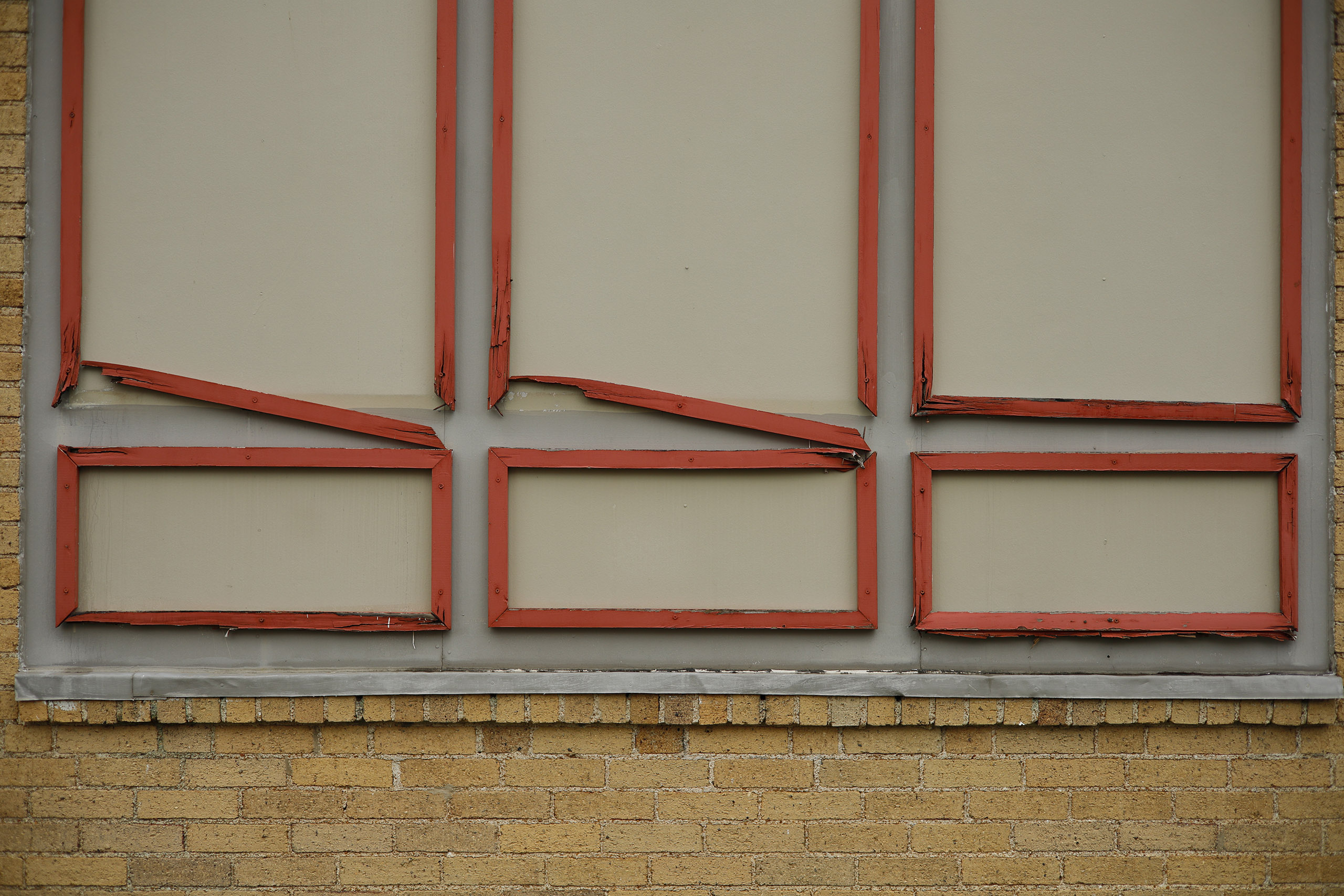
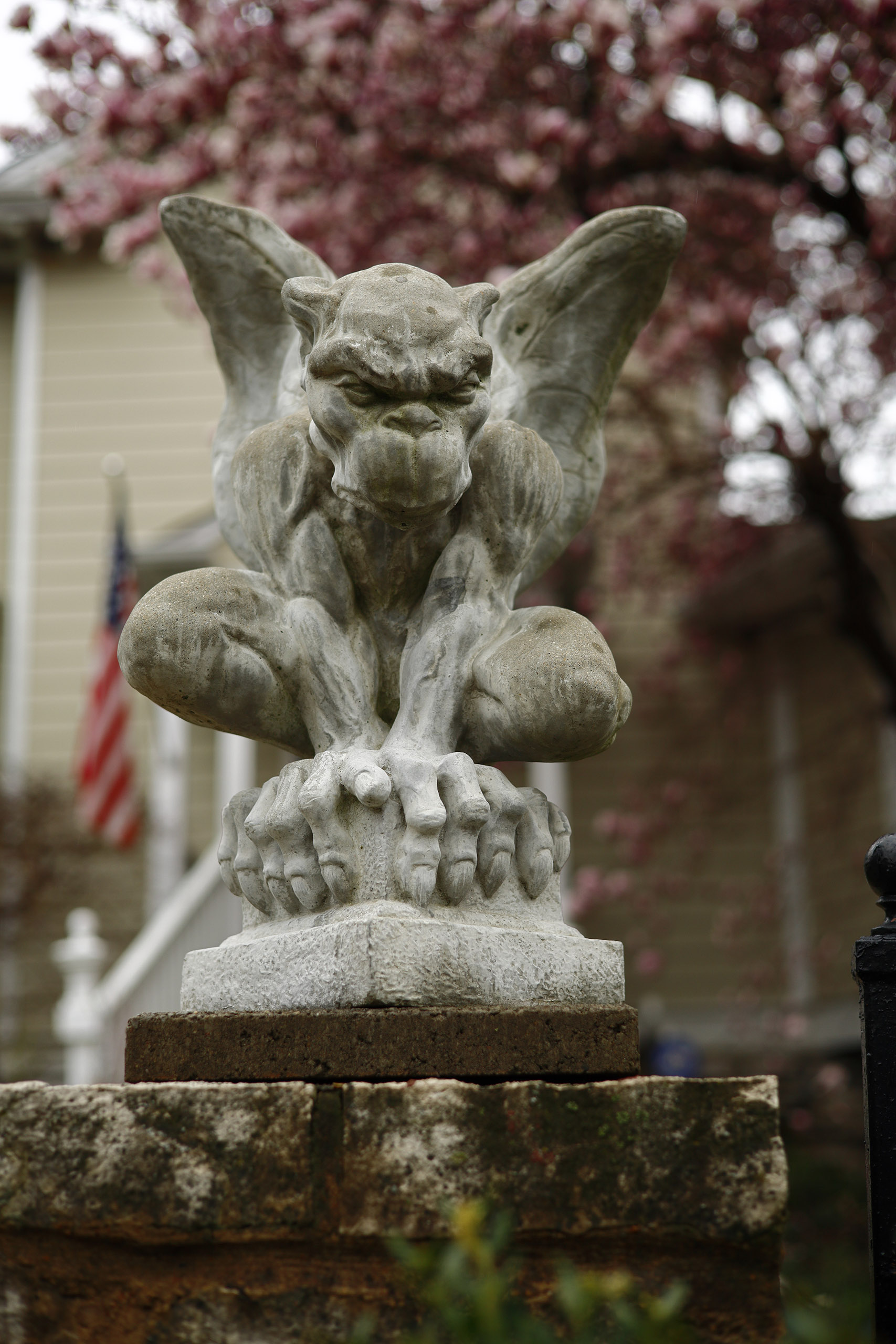
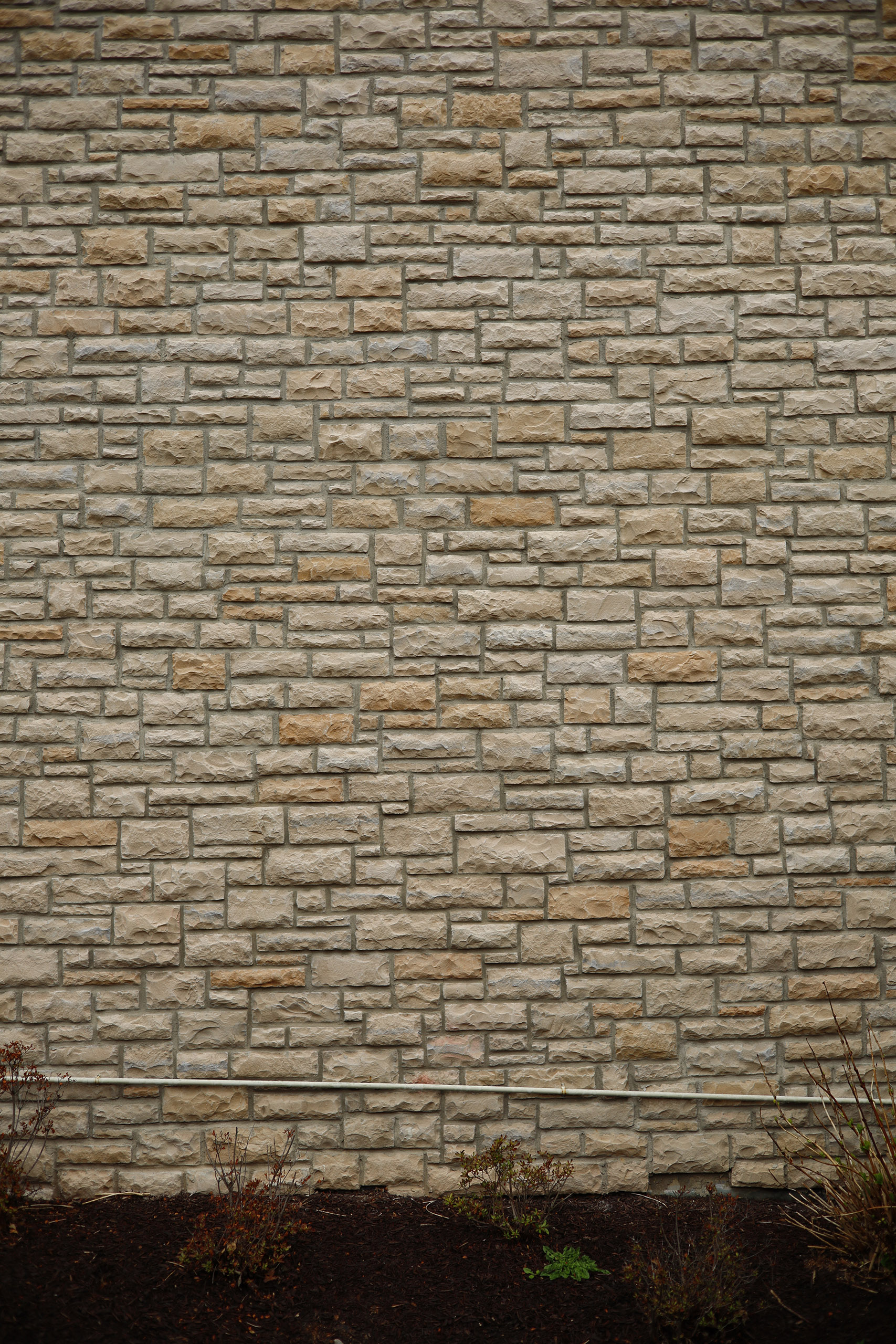

Video Shooting
The RP does have limitations in video. First, it can only shoot 4k at 24fps. That is not really that big of a deal for many uses but it matters to those who want that silky smooth movement of 60fps and higher frame rates. Another more serious limitation related to 4k shooting is that of the 1.7x crop. Well, it’s a huge issue if you don’t have a lens that is wide enough but Canon has 2 great options for ultra wide lenses including the RF 15-30mm f/4.5-6.3 STM and the RF 14-35mm f/4 L. Both are pretty fairly priced and go plenty wide even for the RP’s 1.7x crop.
If you have an ultra wide to use on the RP the major drawback of the RP’s 4k mode is that it is nowhere near a full frame image. A 1.7x crop isn’t even APS-C. That seems like an overly large downgrade. At that point I can only wonder what the point of 4k is supposed to be on this camera. And if I’m being cynical I’ll say the point is that it’s simply there because they wanted to put 4k on the box.
Unfortunately there is one more “got ya” with the RP’s 4k video… there is no Dual Pixel AF in 4k mode! However, the camera DOES have autofocus in 4k mode, but it’s just contrast detect AF and can suffer from AF pulsing with some lenses. Since contrast detect doesn’t have any phase information it may get confused in certain kinds of light.
In 1080p mode the RP is better. Shooting in 1080p allows the use of Dual Pixel AF which obviously improves the AF capability of the camera. And it does not have any crop factor as the camera uses the full 35mm sensor frame for 1080p. For video it is a solid camera that is somewhere between the bare minimum and cutting edge depending on your use case. If all you need is 1080p, then the RP is probably going to be fine for you. Full frame 1080p still looks good on most screens. If you really want great 4k another more recent camera in Canon’s lineup is going to be your best bet.
Video Image Quality
As mentioned the RP is a pretty solid video camera with the ability to do nice 1080p video and very cropped in 4k video. But how is the actual video image from the RP?
Well, it’s not fantastic and it’s not bad either. If you’re shooting with artificial light then you’ll need some big powerful lights to get a nice round lighting solution on your subject. But once lit it looks fine.
For low light video I really wasn’t thrilled with what the RP did. It’s not unusable but it’s visibly noisy. You’ll need to have some editing experience and knowledge to make use of the RP’s video when using high ISO settings.
All that said, it’s a full frame 1080p capable video camera. In the right light it can look as good at 1080p as any other full frame camera.
Battery Life
The battery life on the RP is a little borderline. For a full day of shooting (12+ hrs) I would suggest having 4 batteries at a minimum. Having good discipline around turning the camera on and off is also important if you don’t want to burn through a battery every couple of hours or less. The battery could be the #1 problem with this camera from a general use stand point. What is weird about it is that I have gotten around 800 shots on a single charge. But sometimes when taking the camera out for an hour or two of shooting the battery indicator would flash red despite only taking a little over 100 shots. It seem the display’s really drain the battery. Canon provides some settings in the camera to help control battery usage.
Conclusion
The EOS RP is a decent stills camera with passable video capability. I’d say it’s 100% a still photography camera first and a video camera second. However, it takes great looking full frame 1080p video.
The lack of in body stabilization may frustrate some people who expect pictures and video to be stabilized by default these days.
As long as buyers do not set their expectations too absurdly high, then the RP is a solid camera for many different uses.
Rating
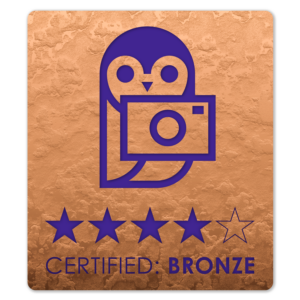
4 out of 5 stars
If you liked this lens review consider supporting LPS by purchasing at Amazon.com via this link:
